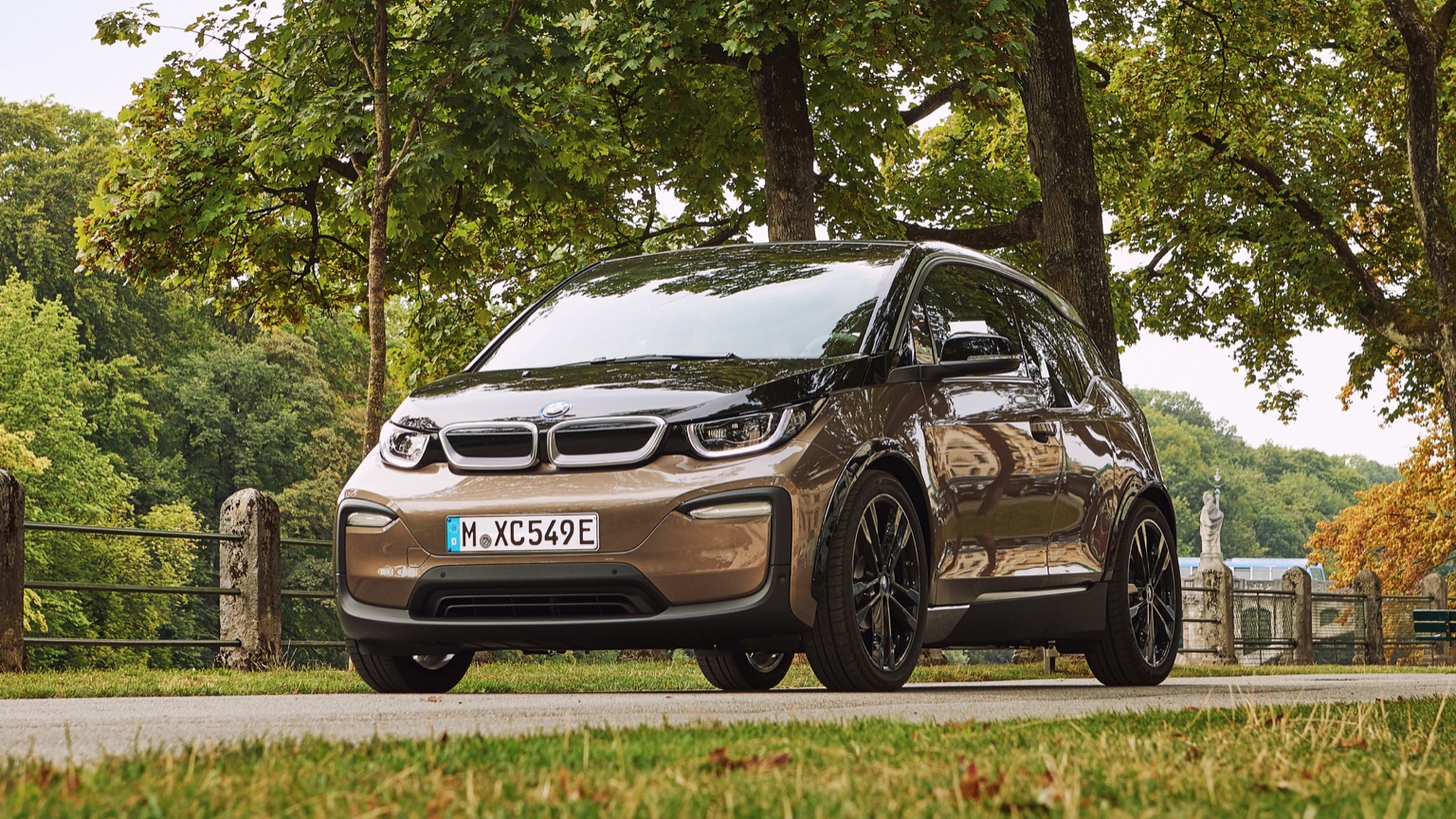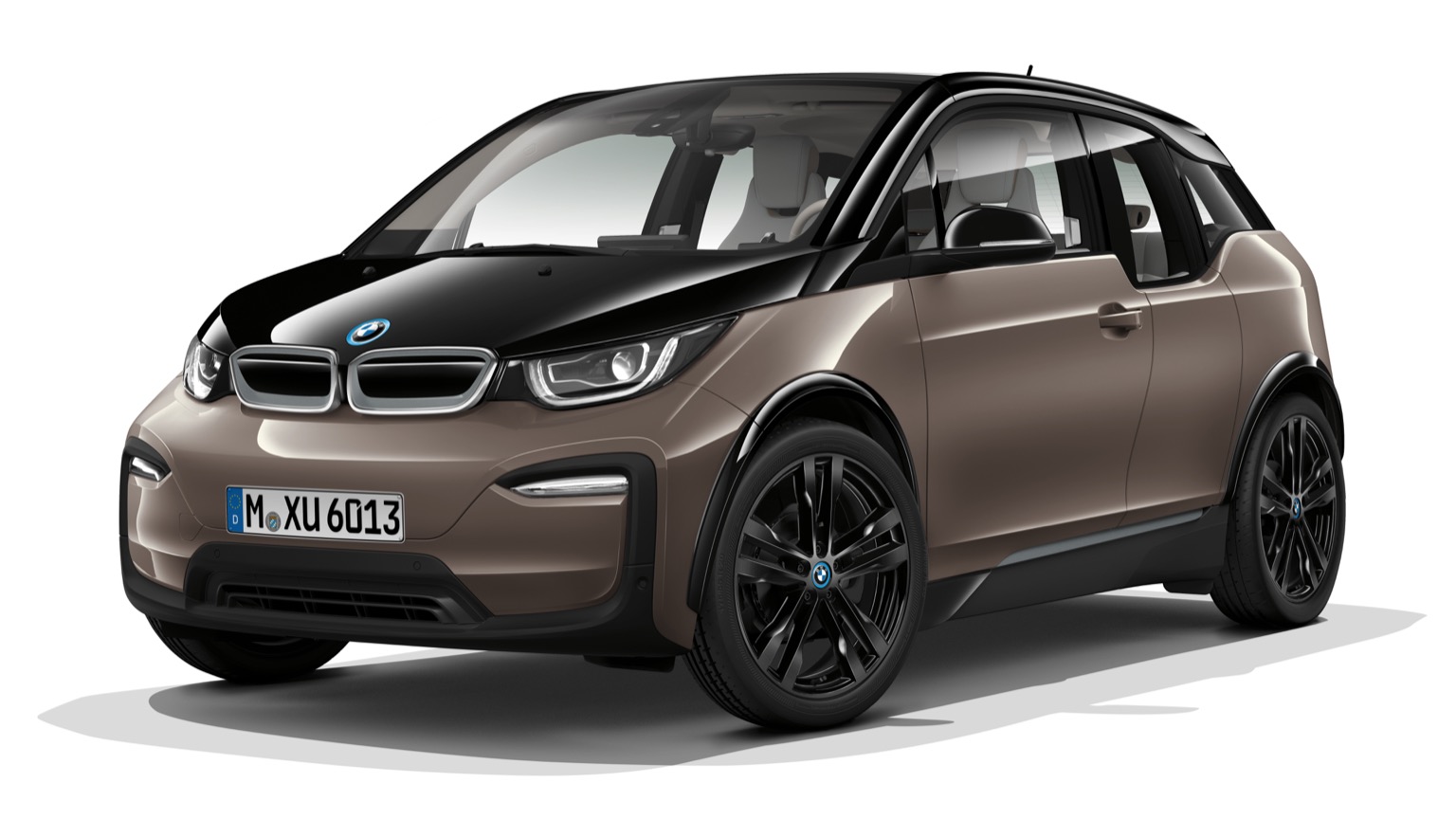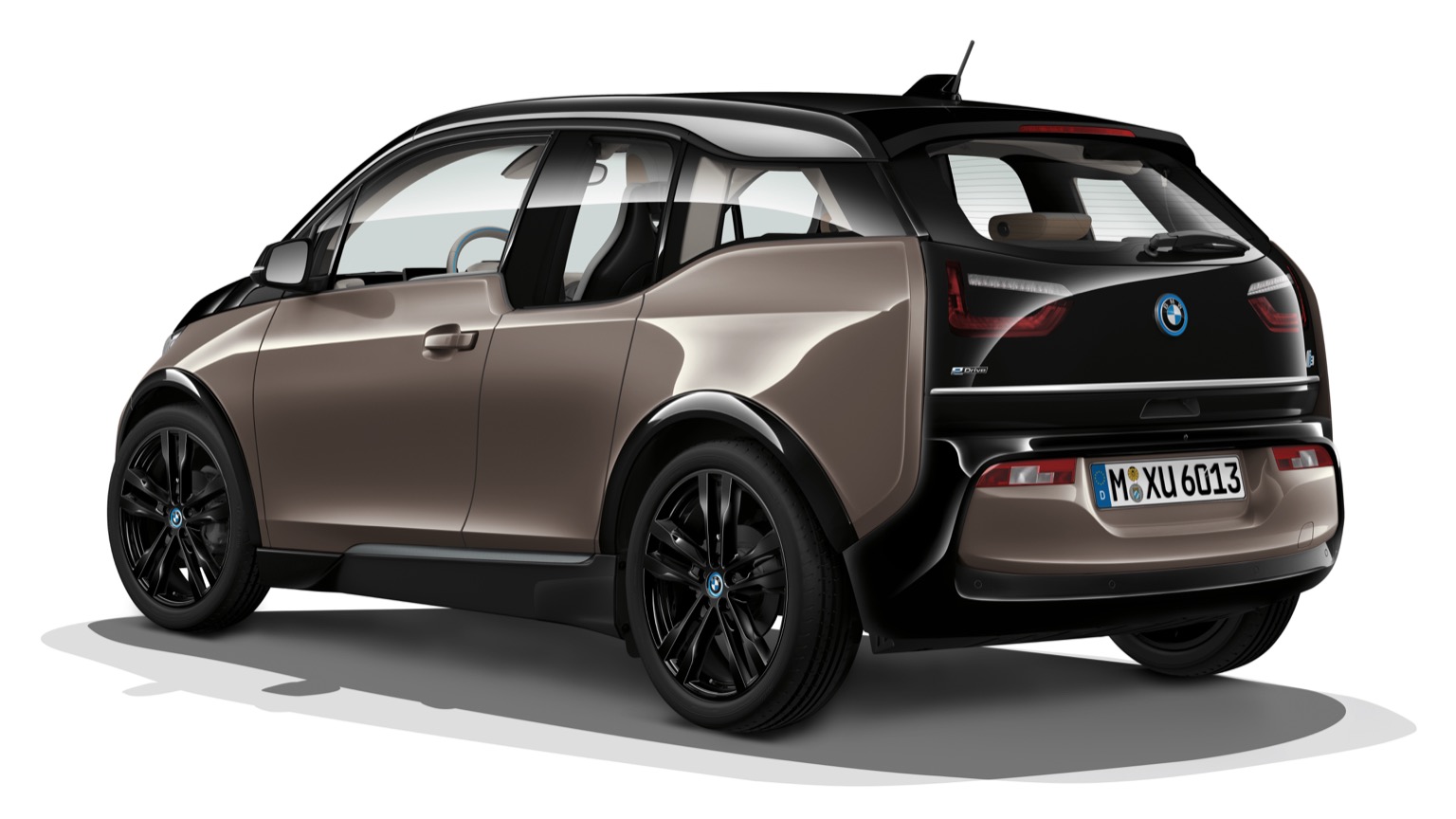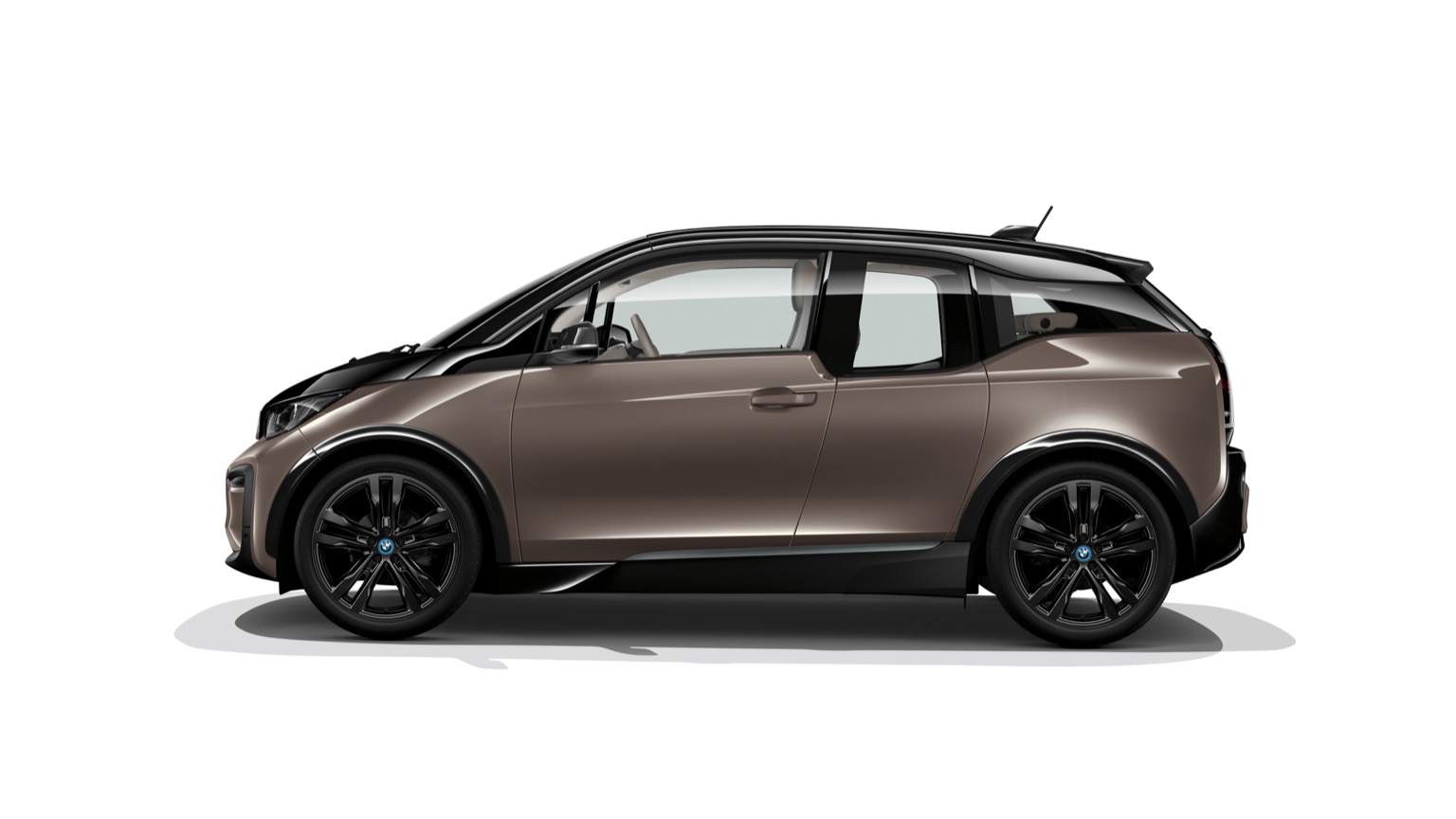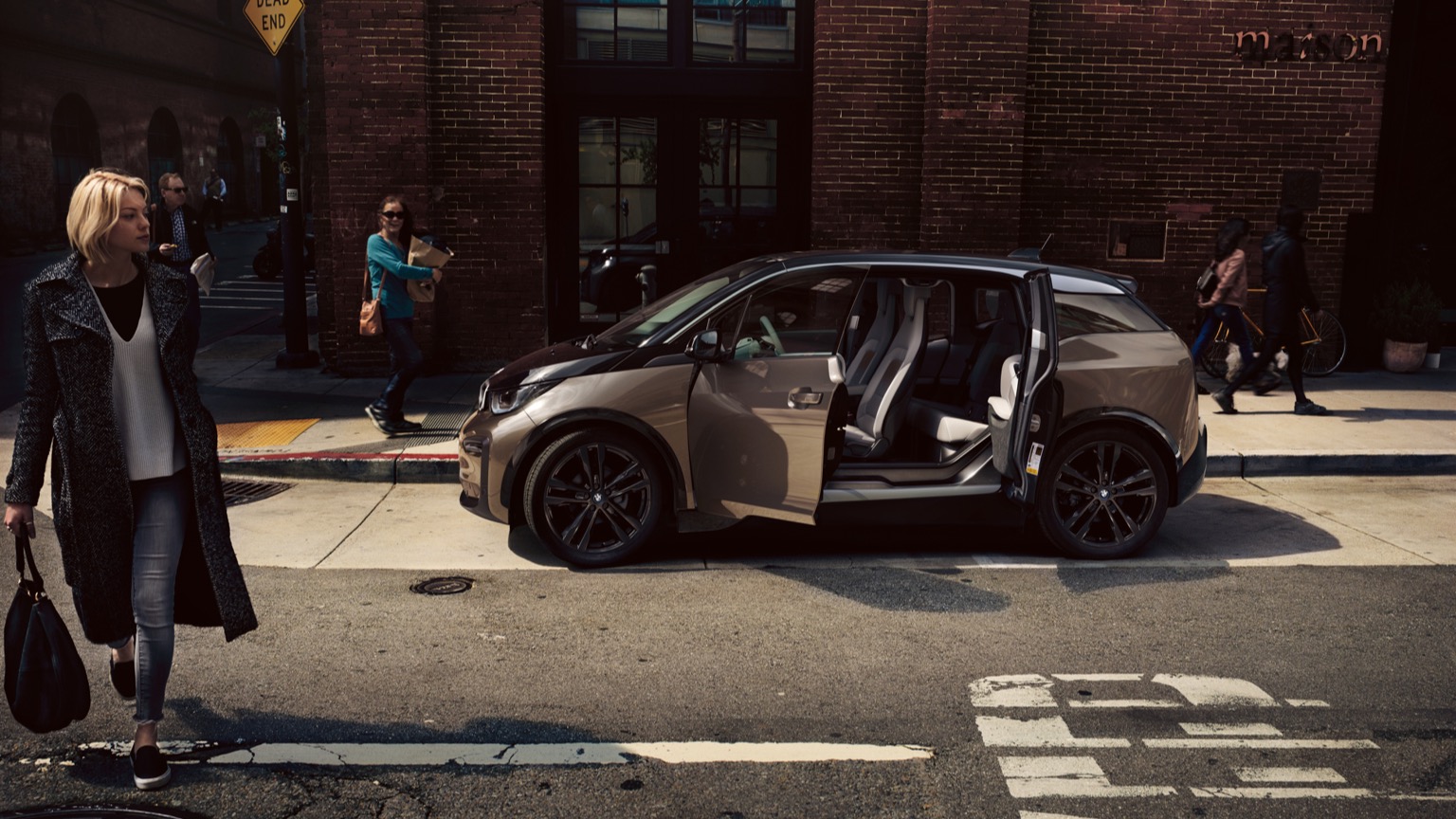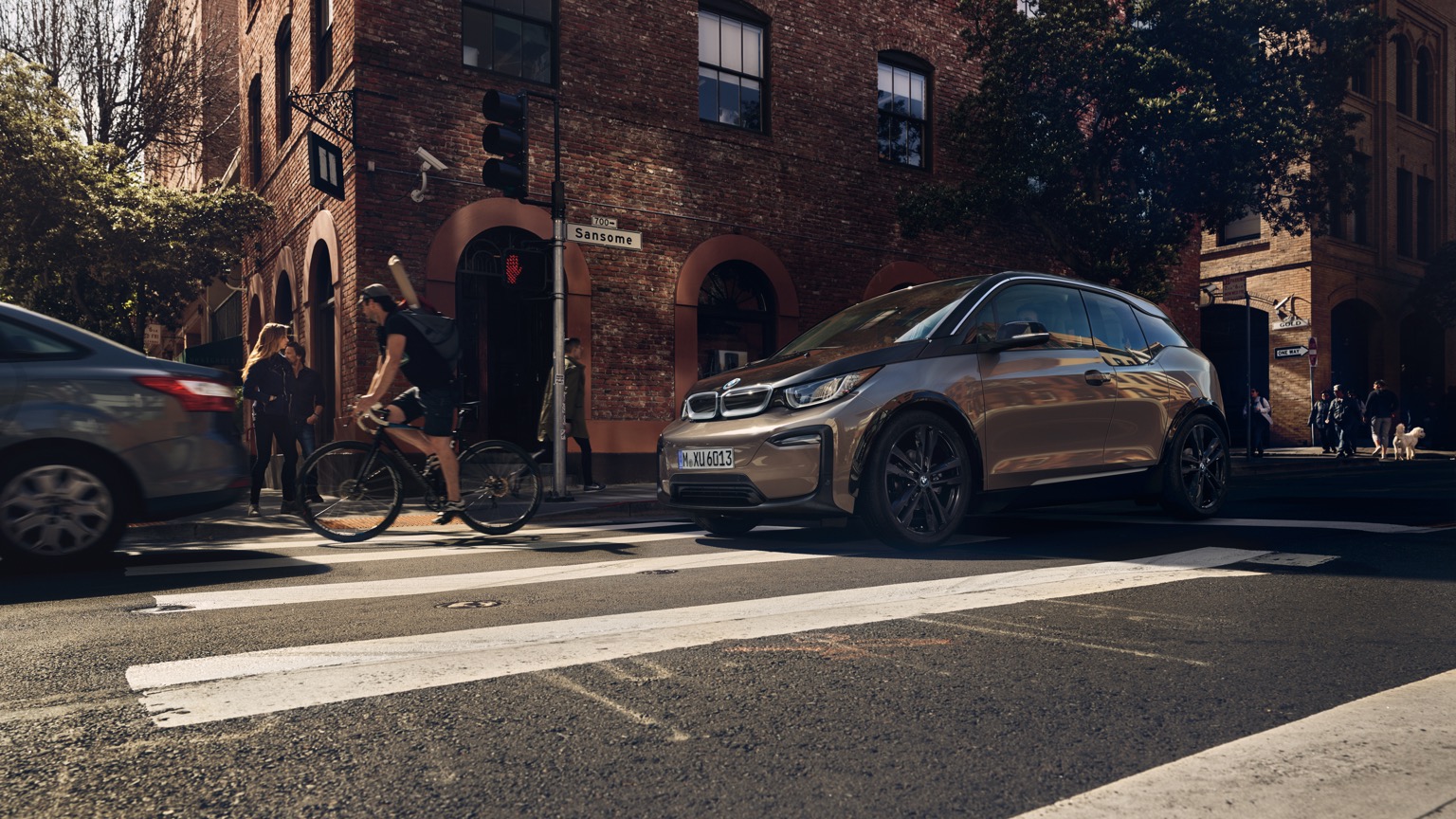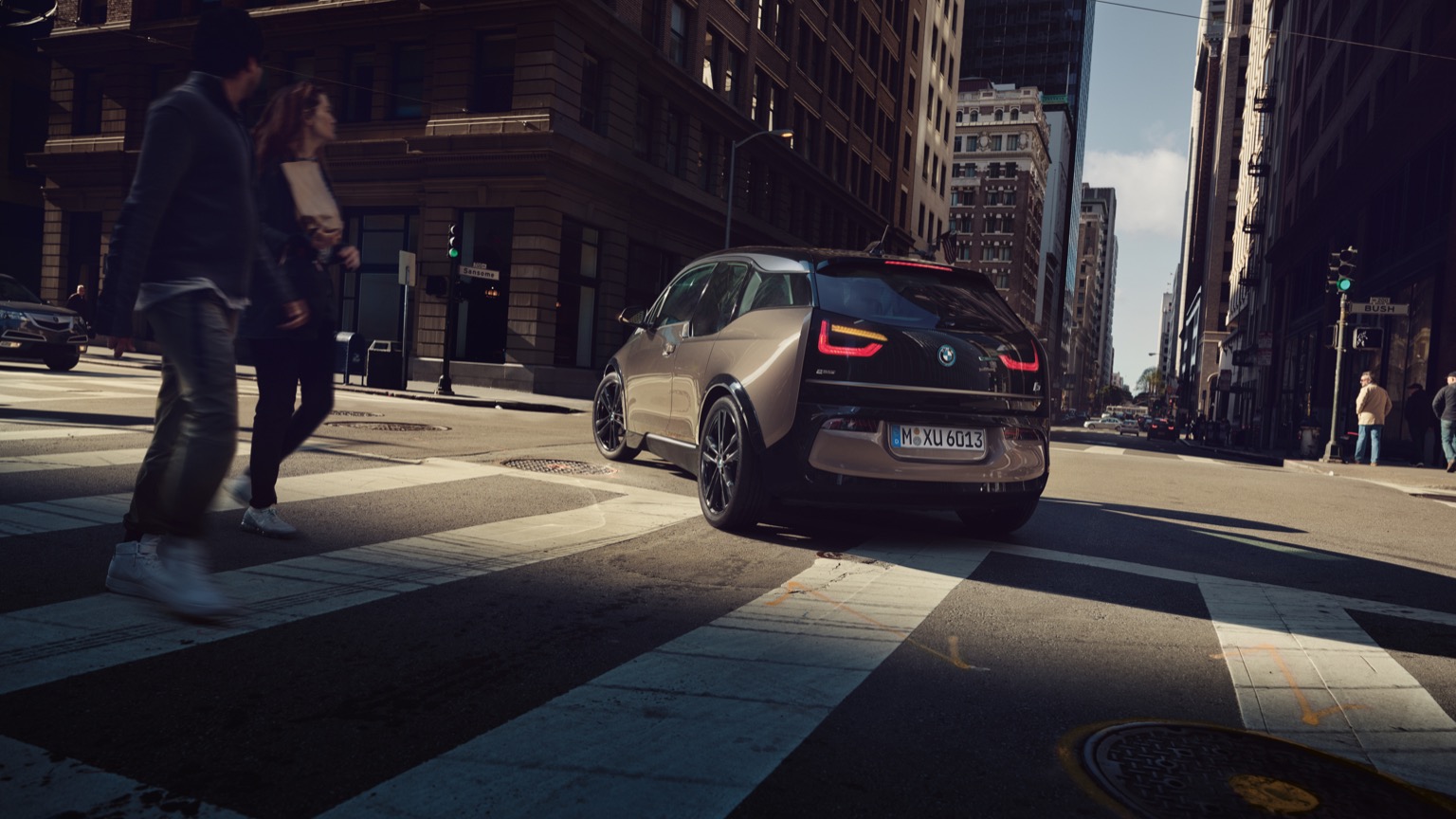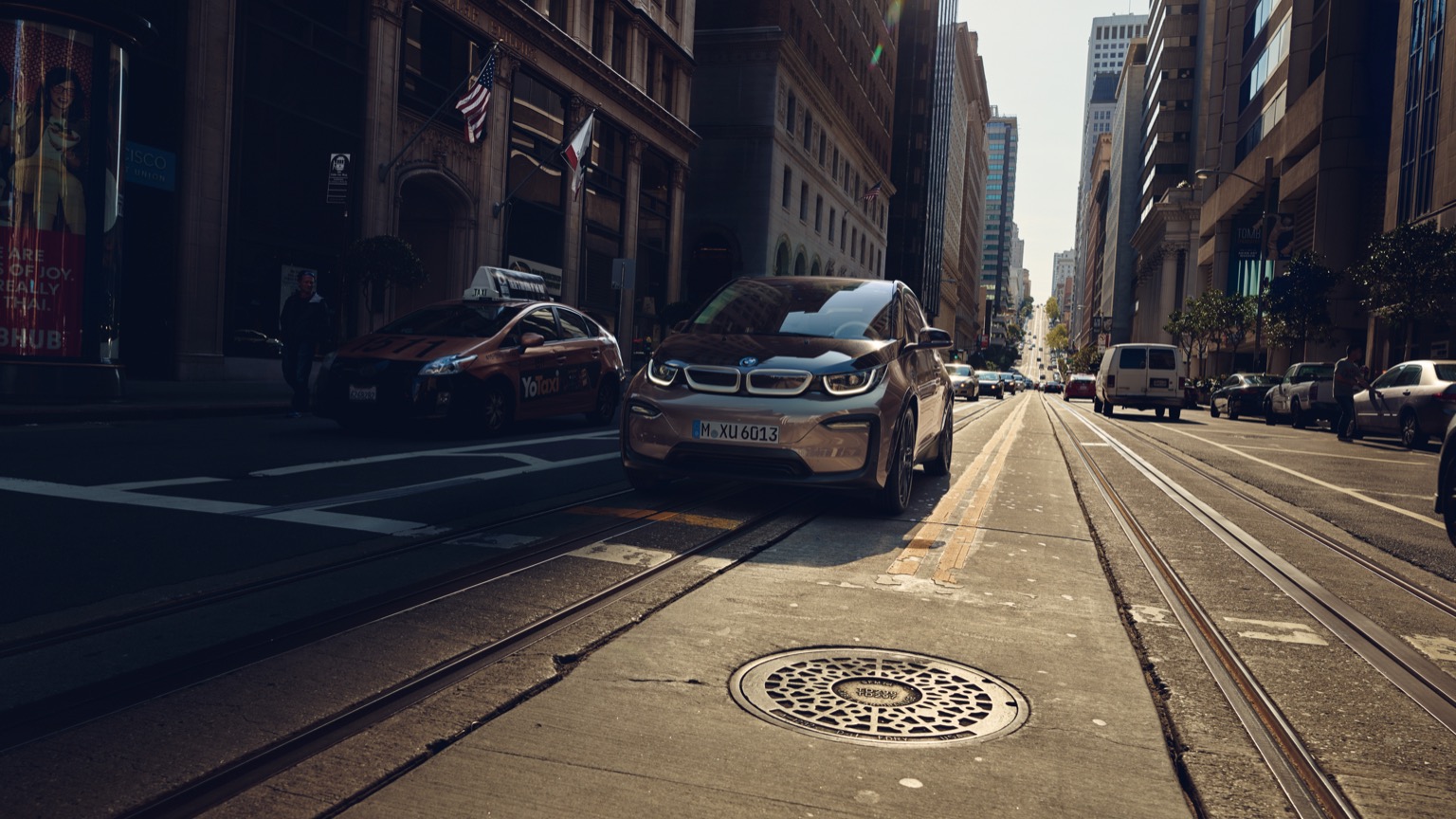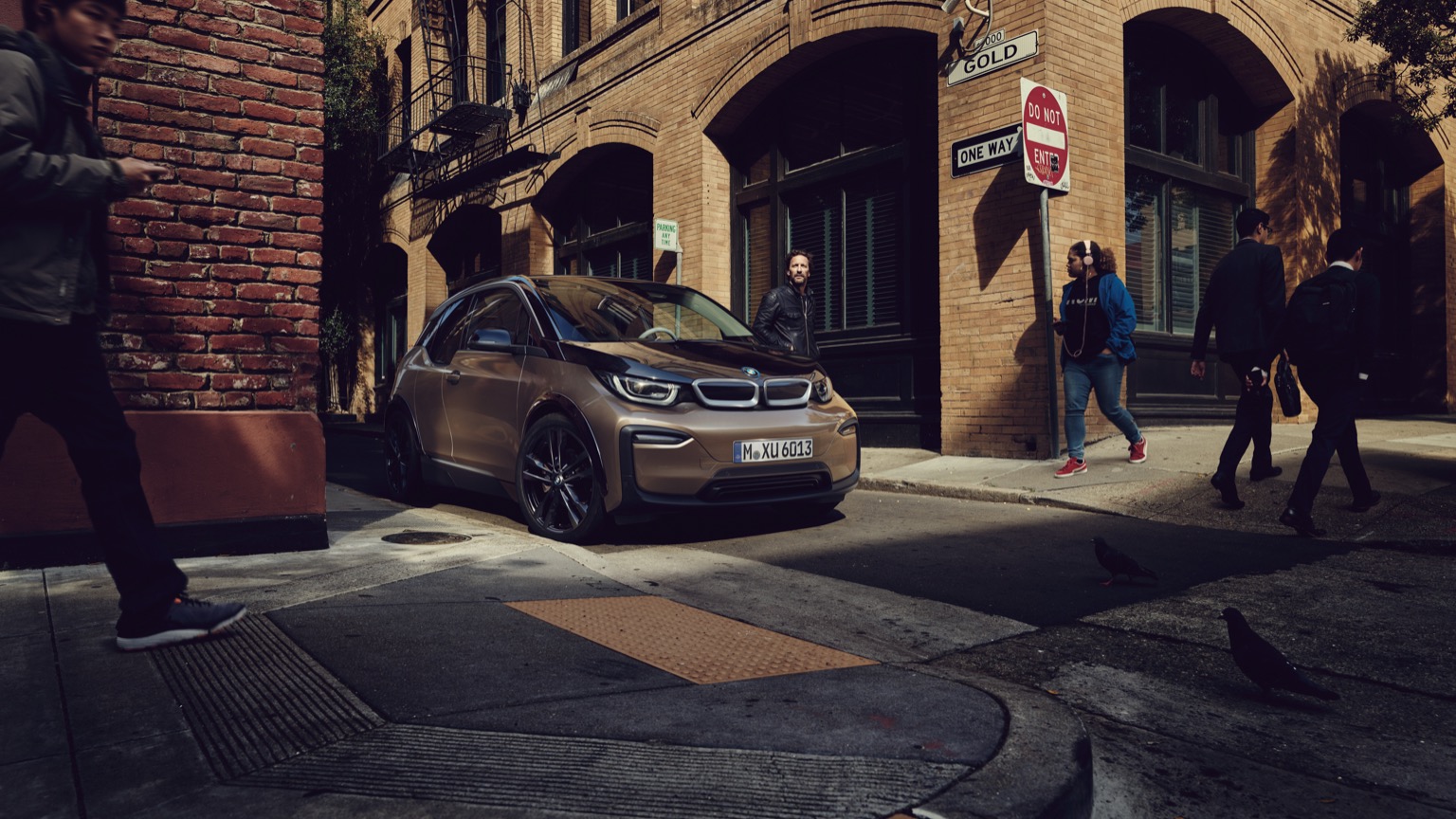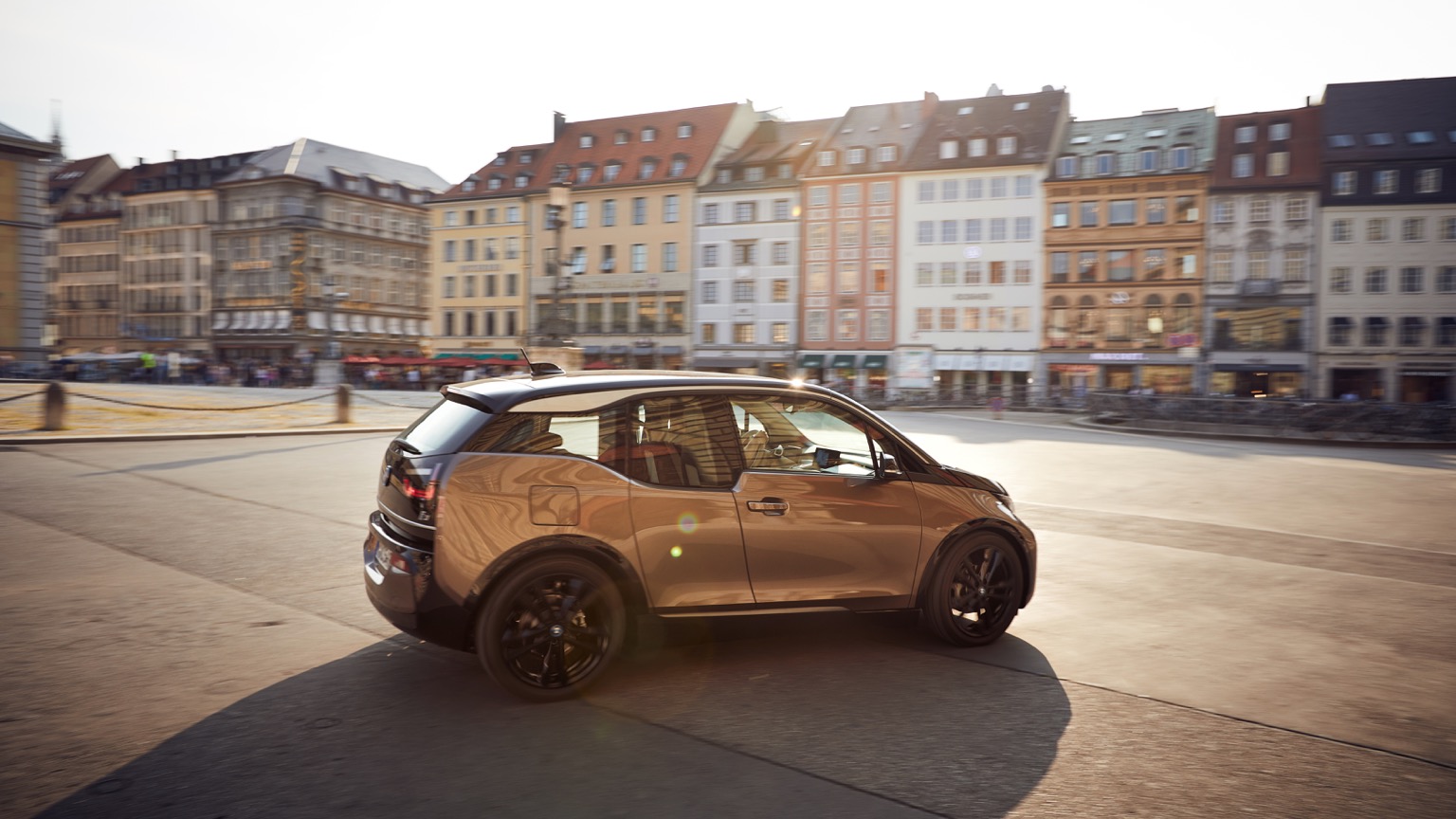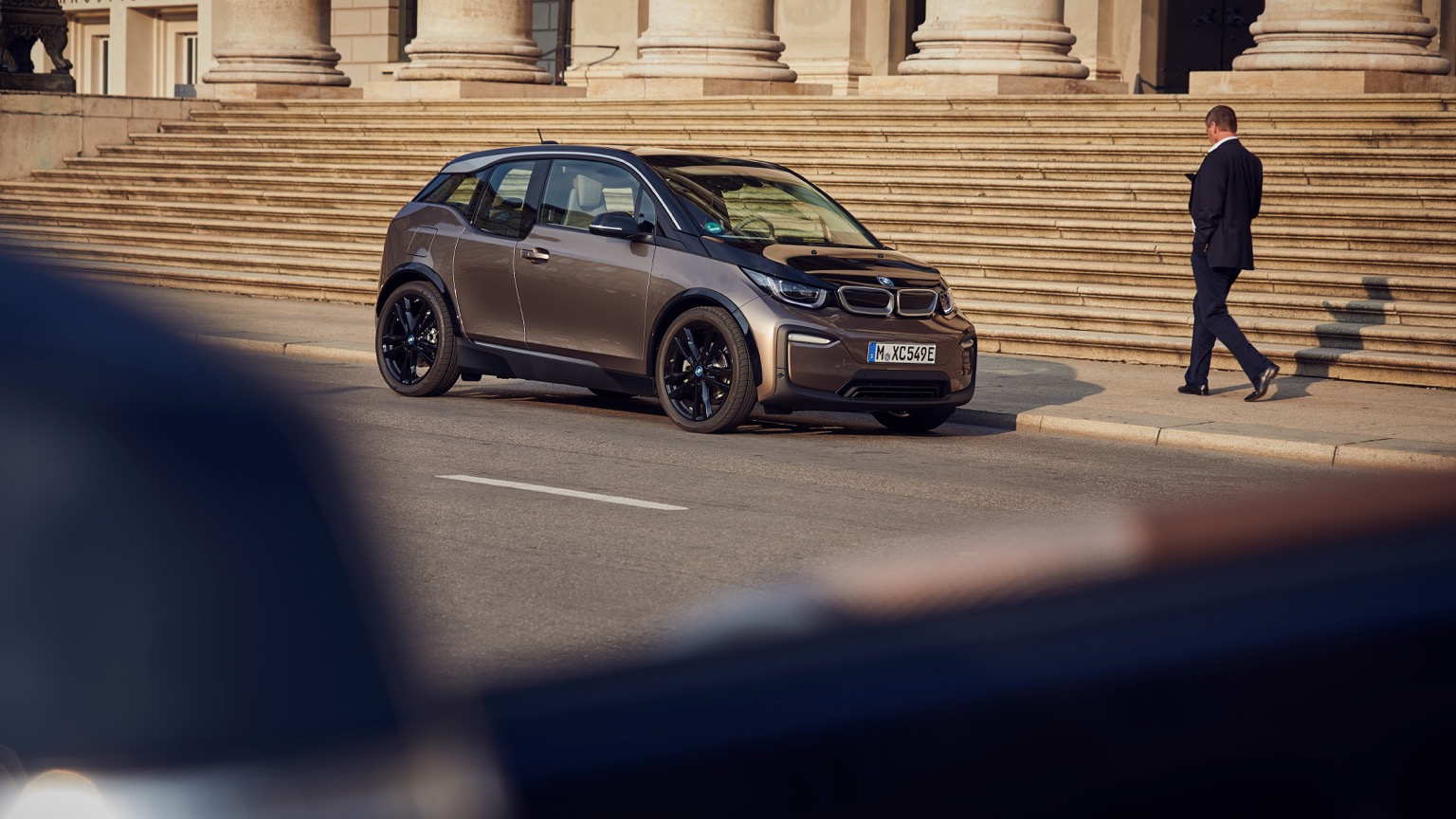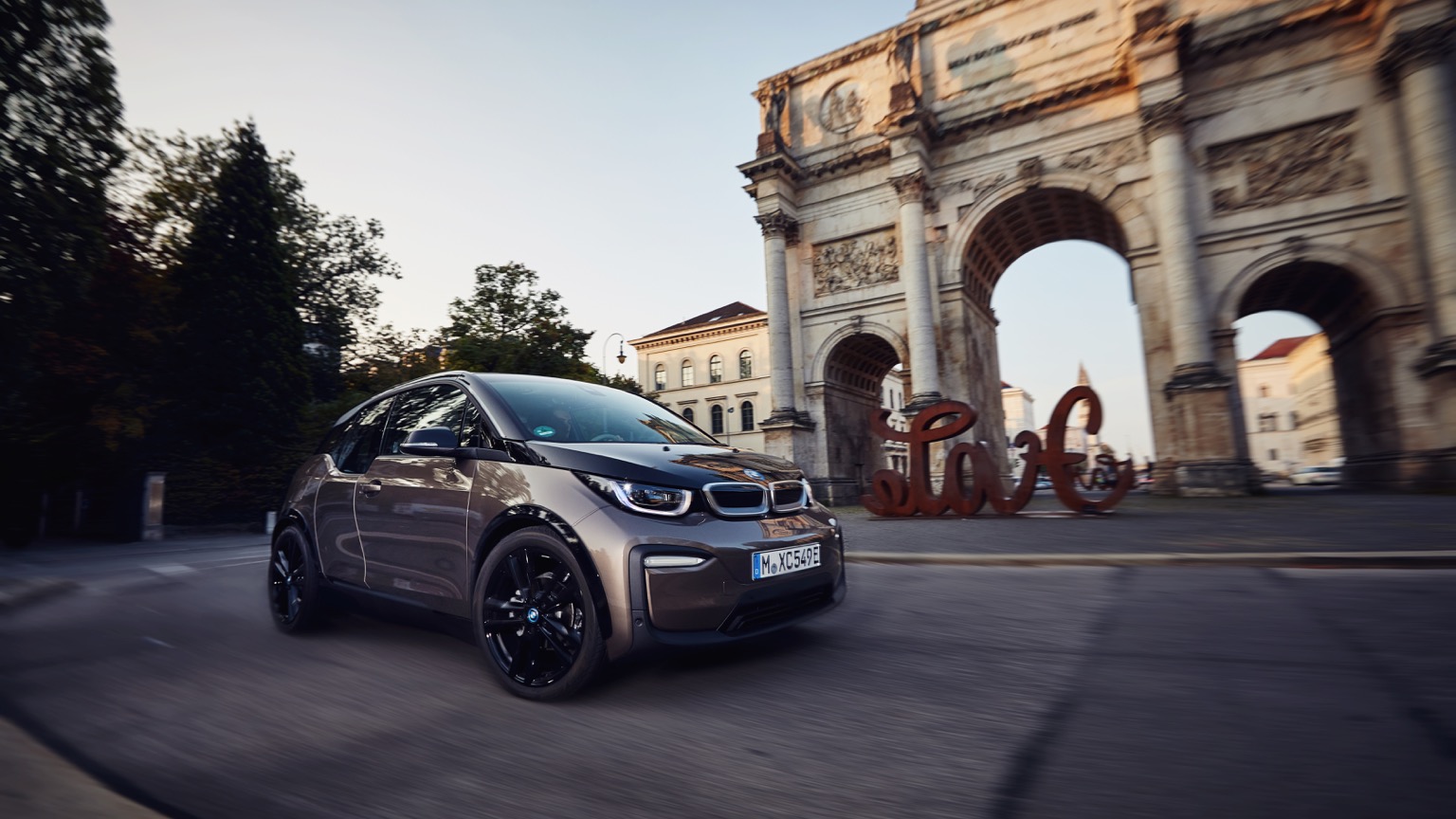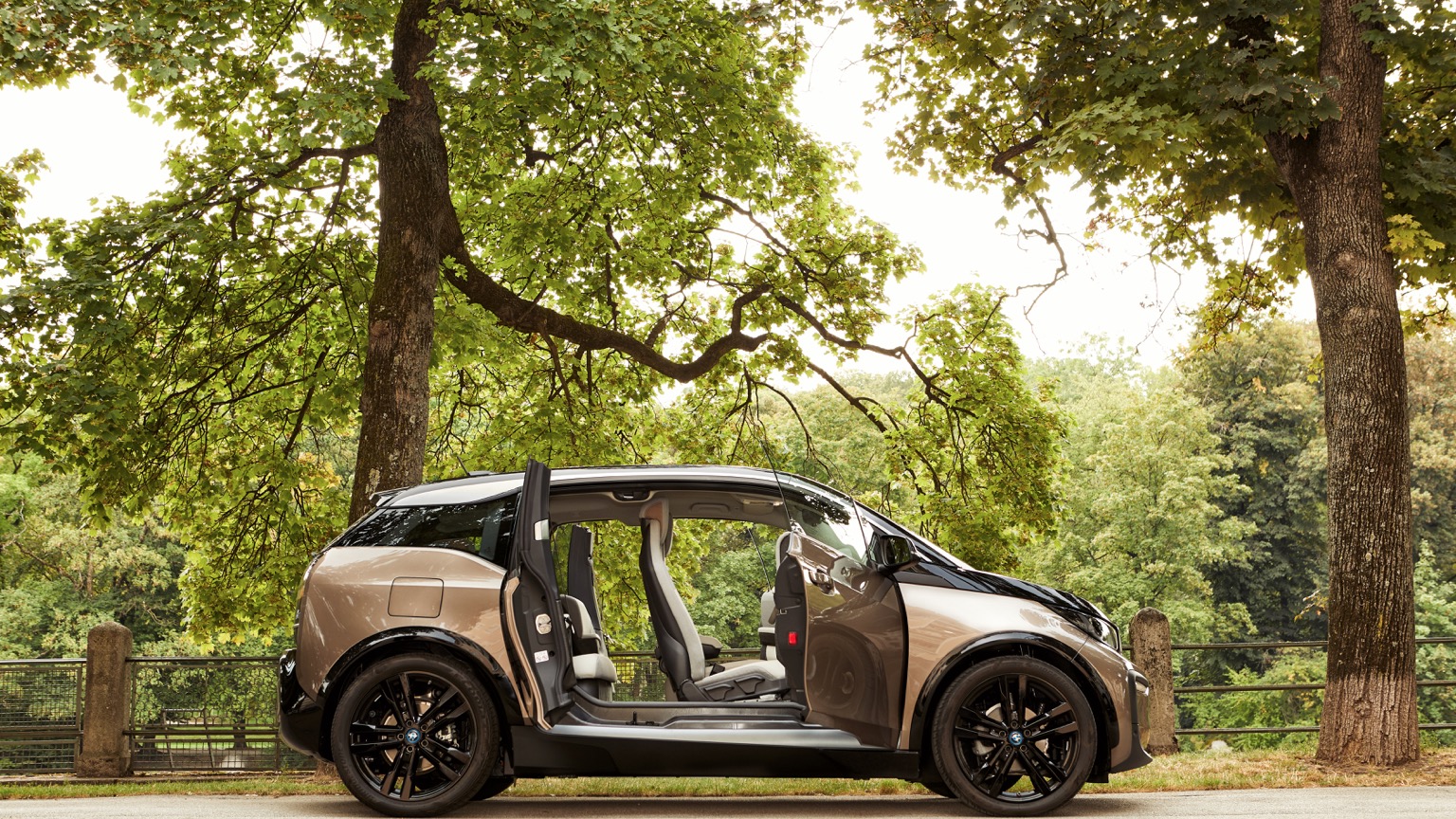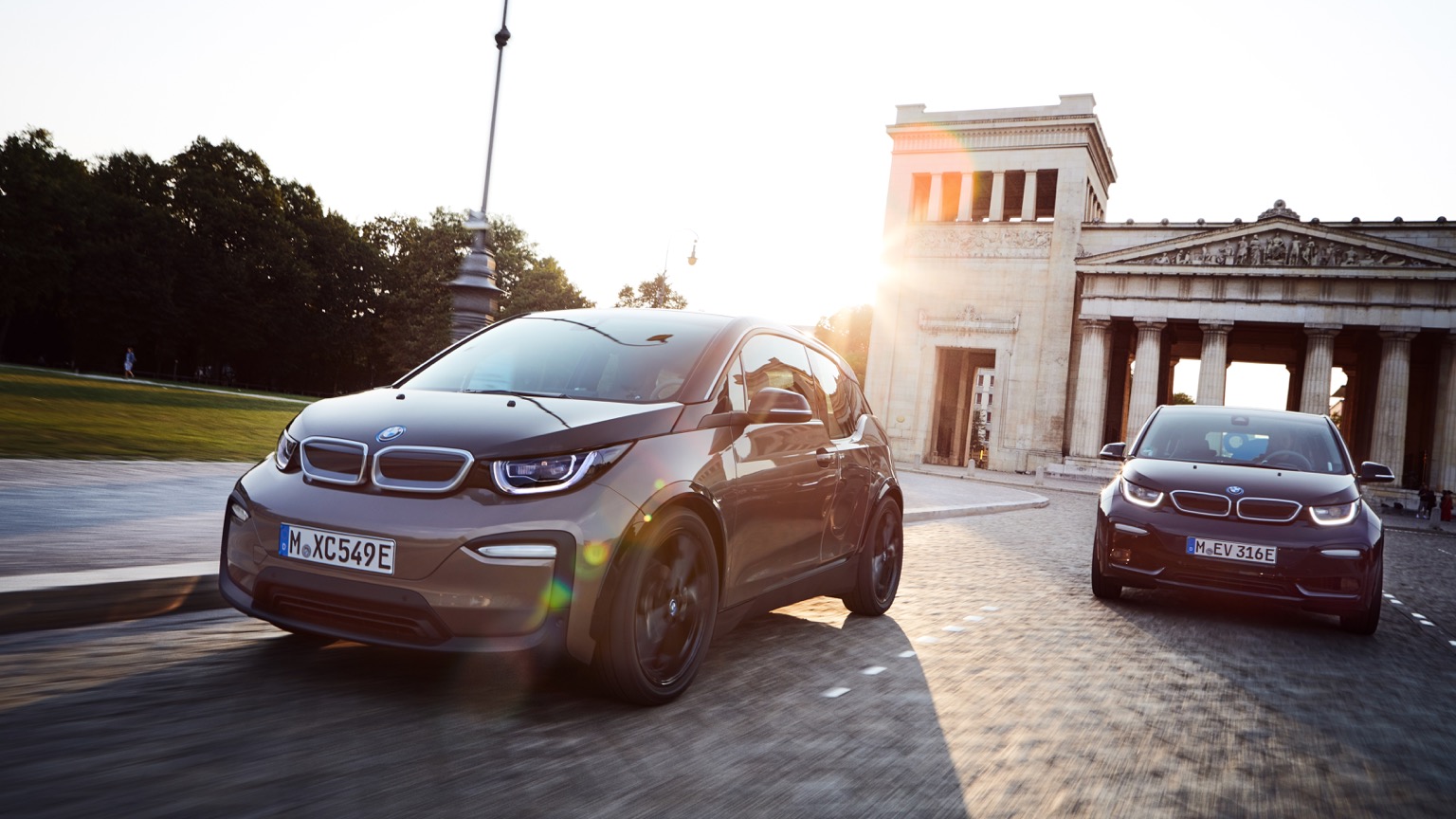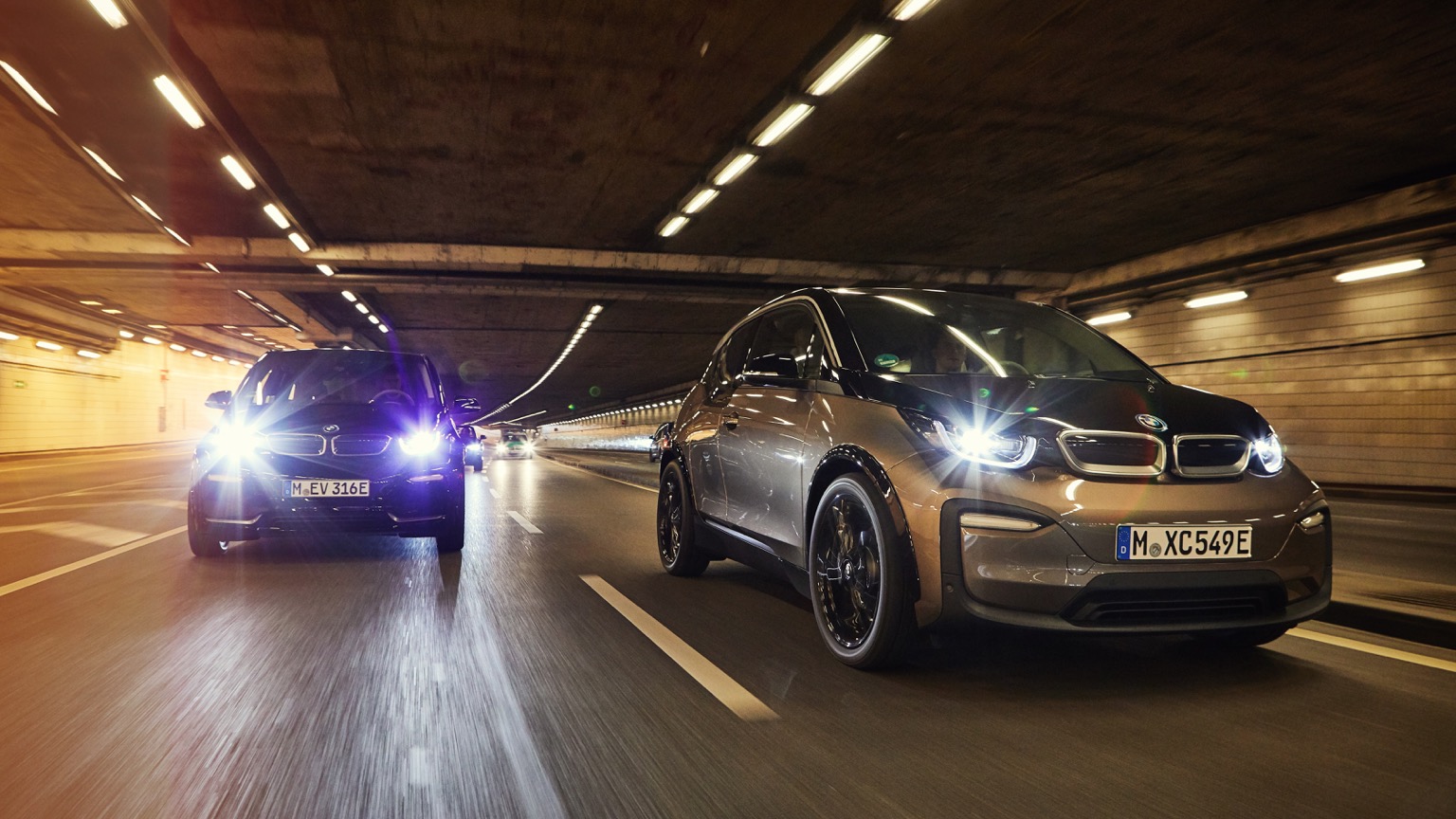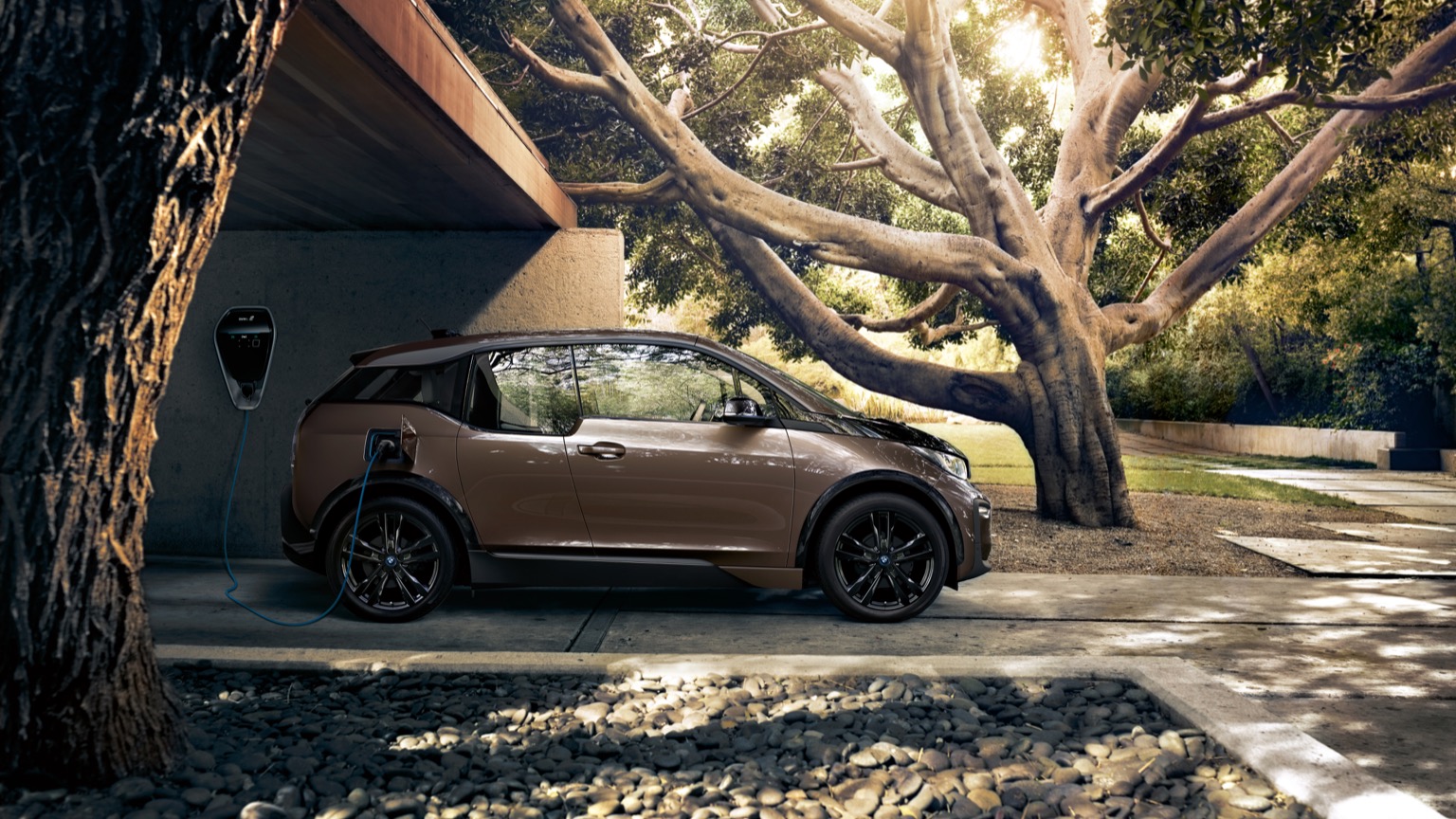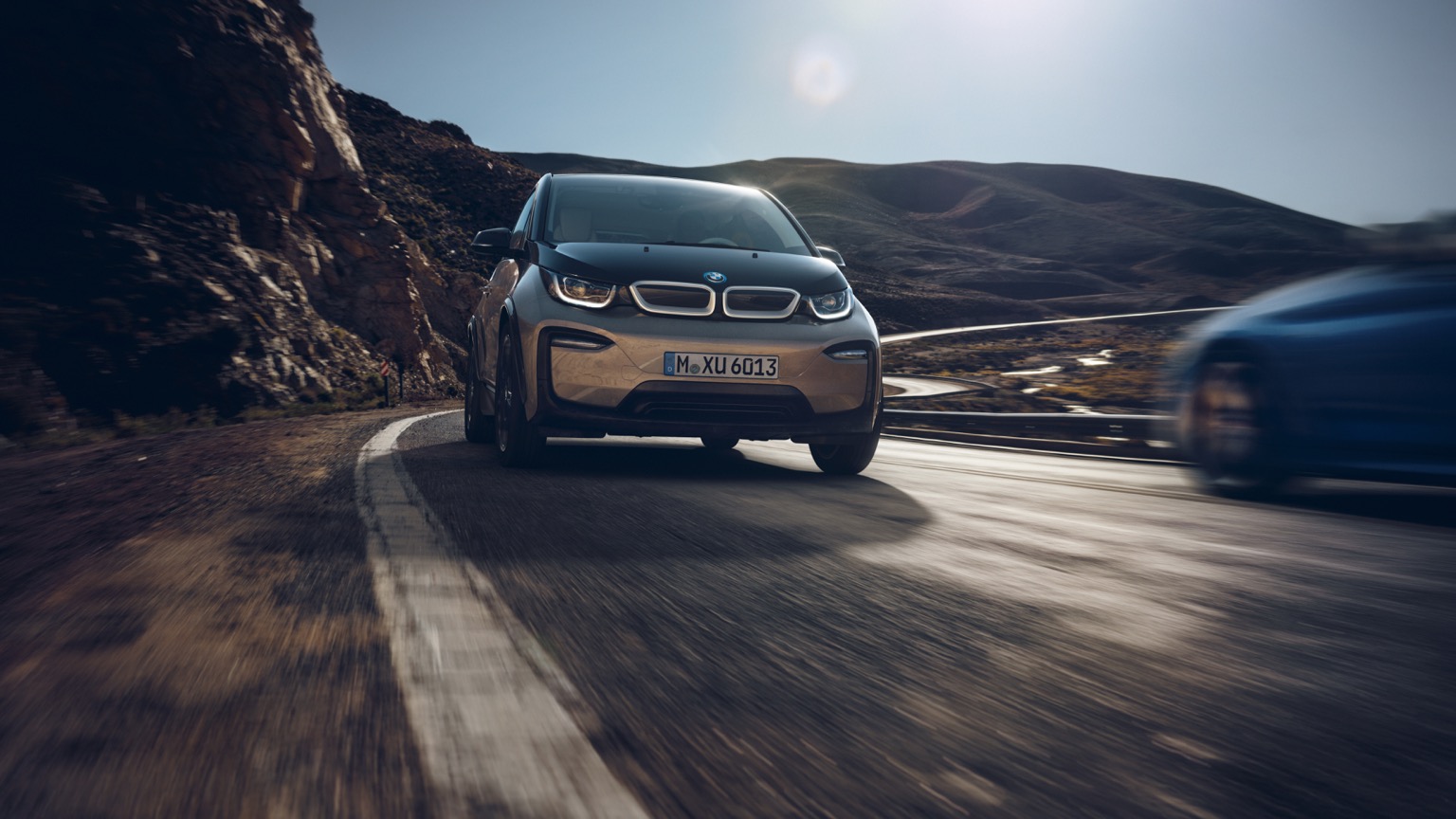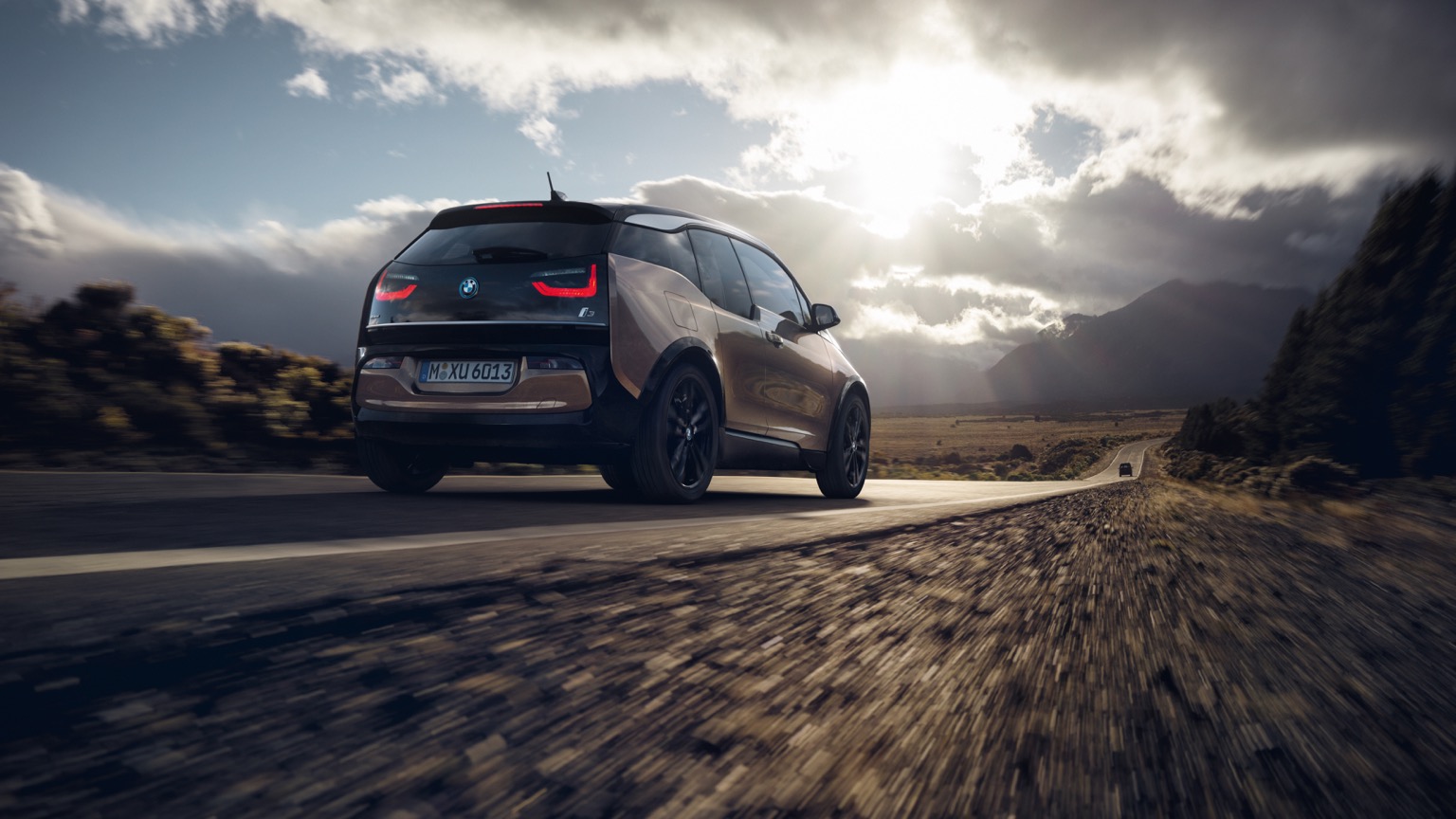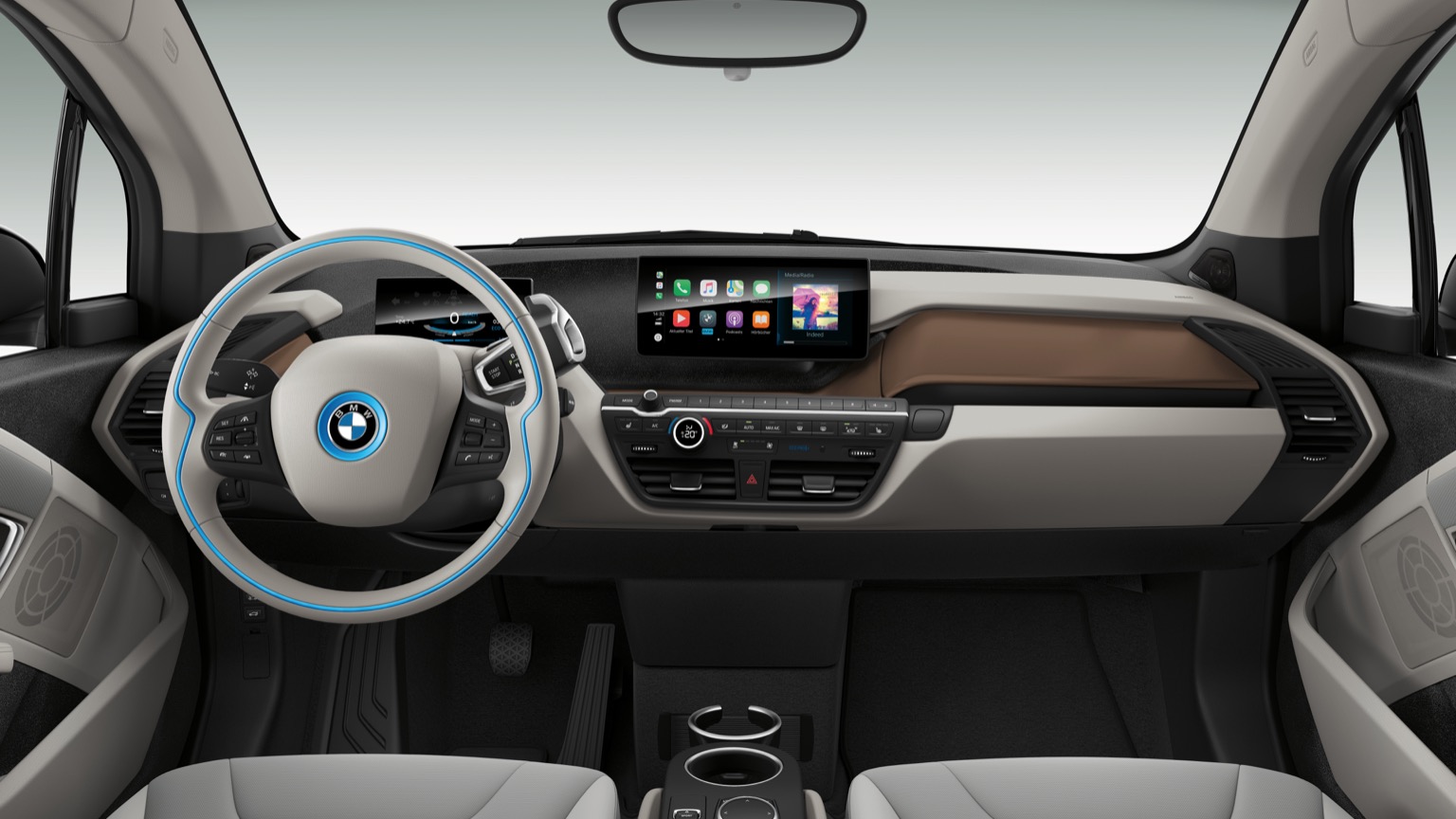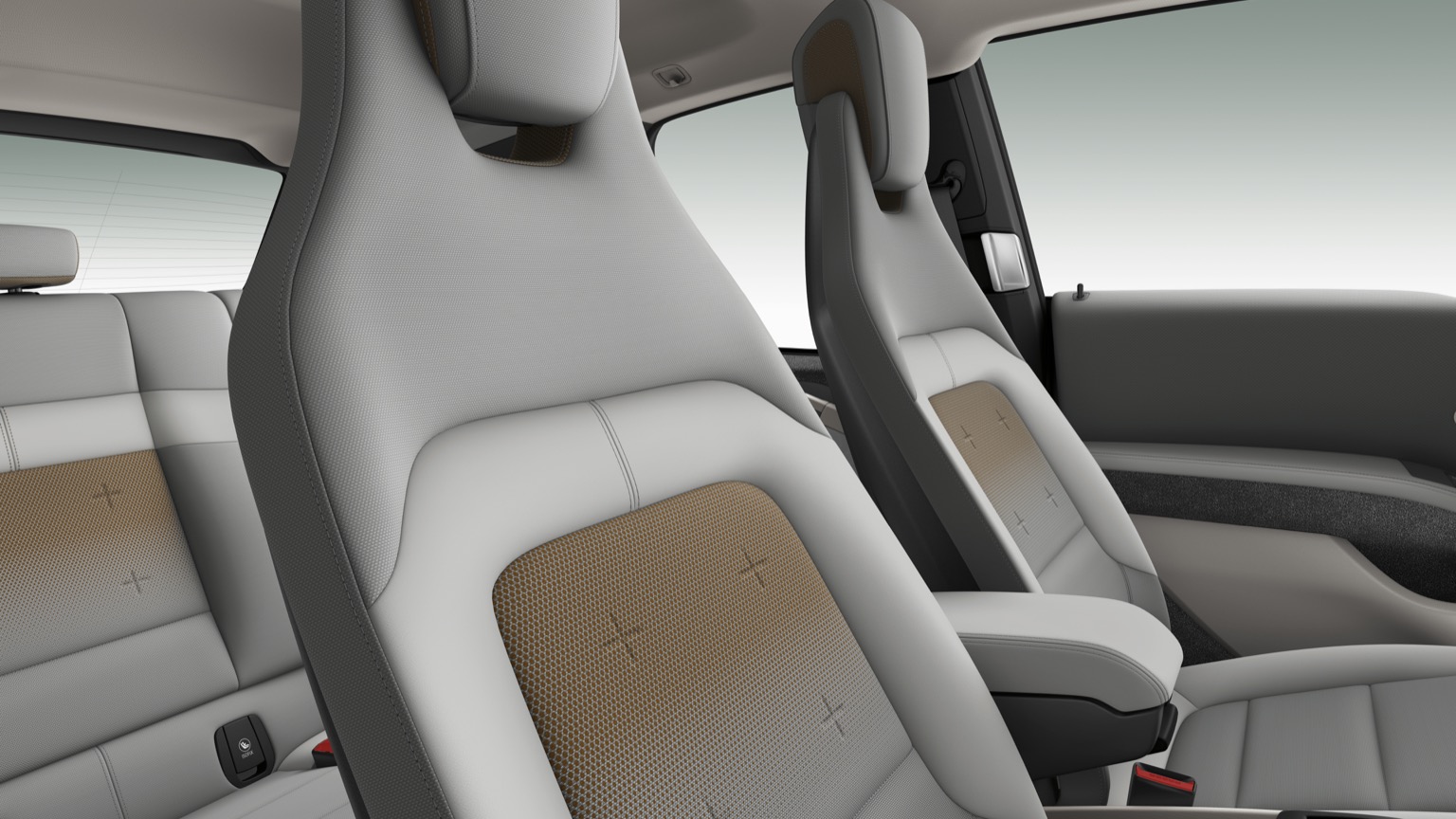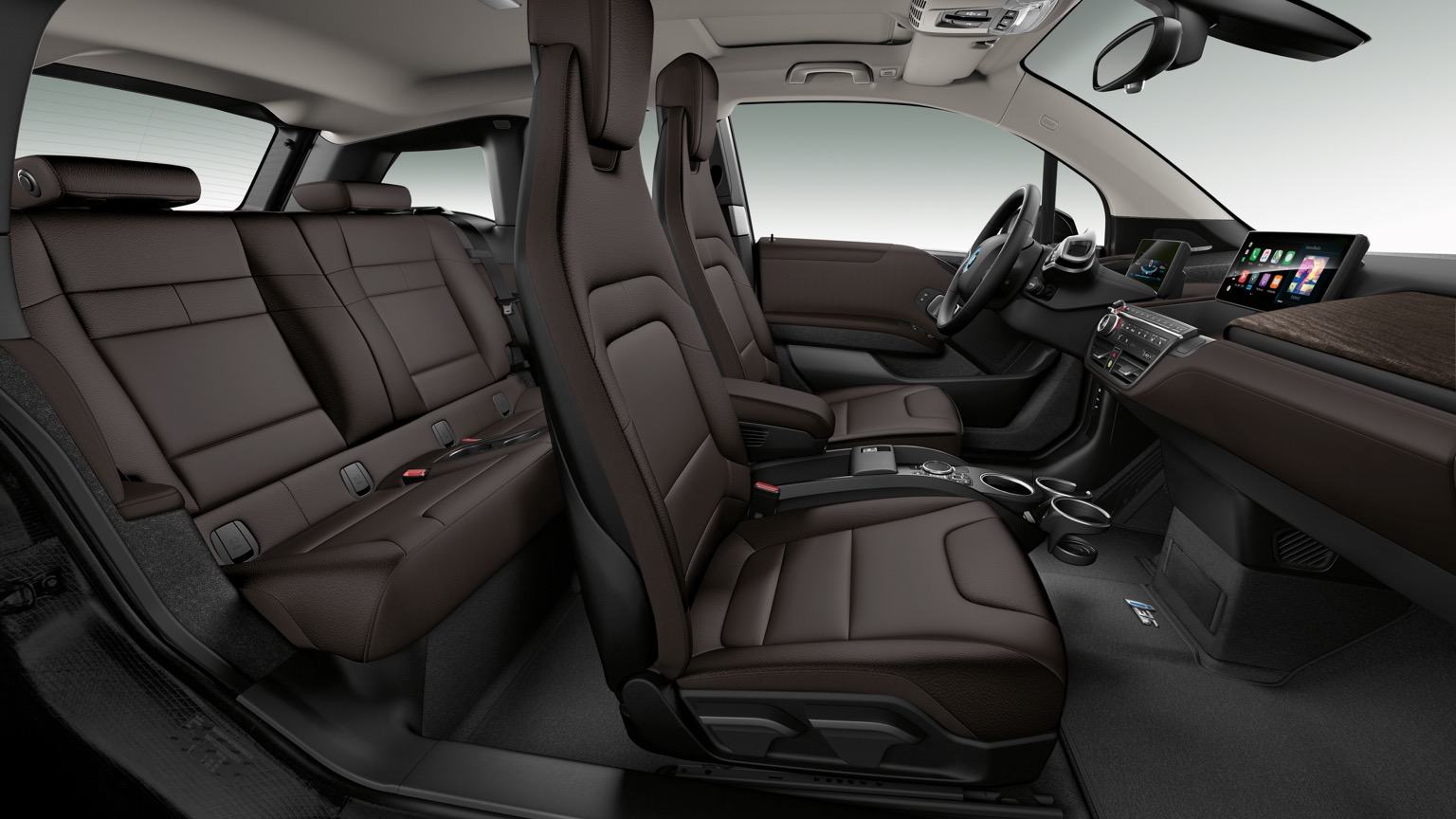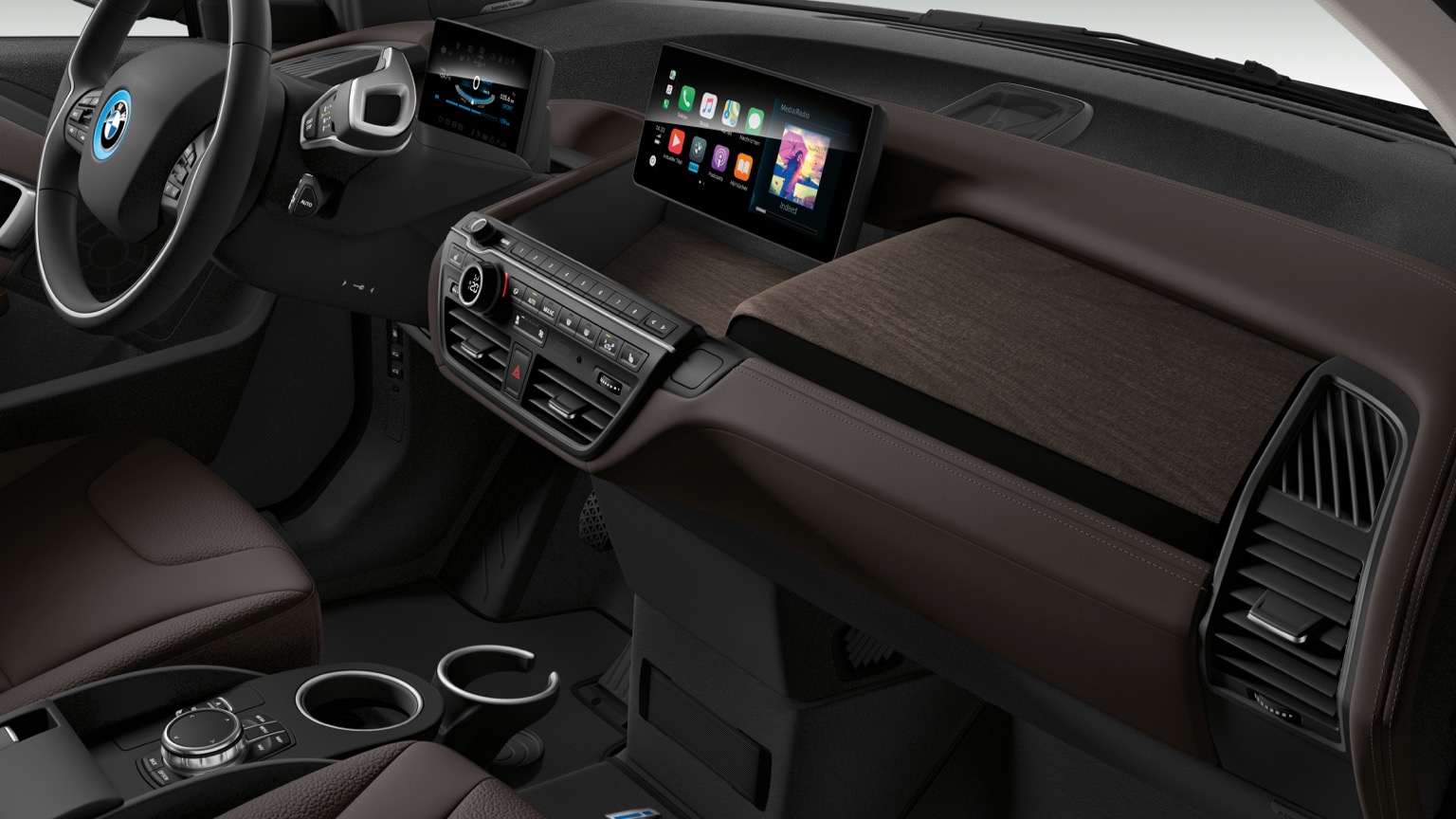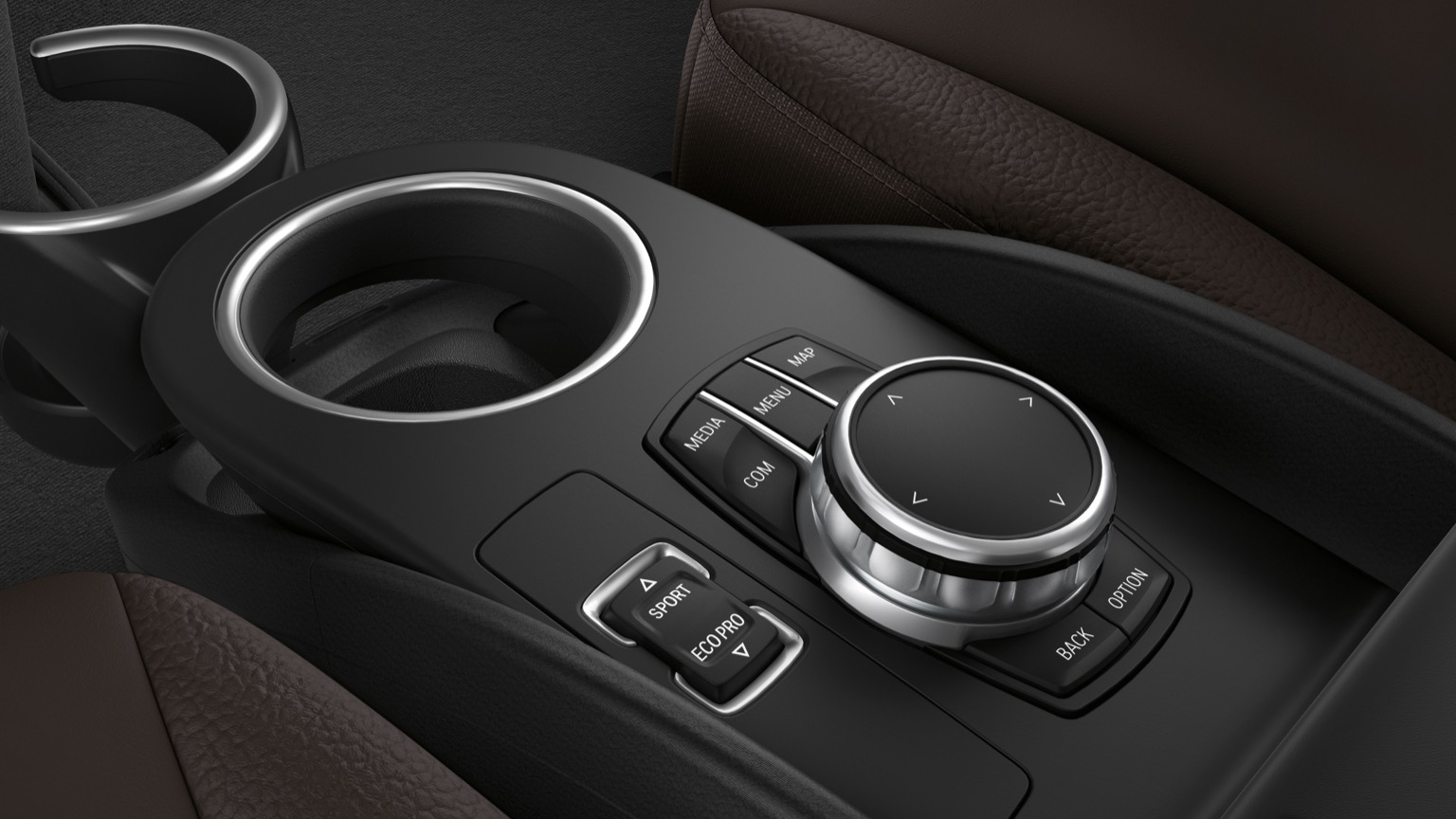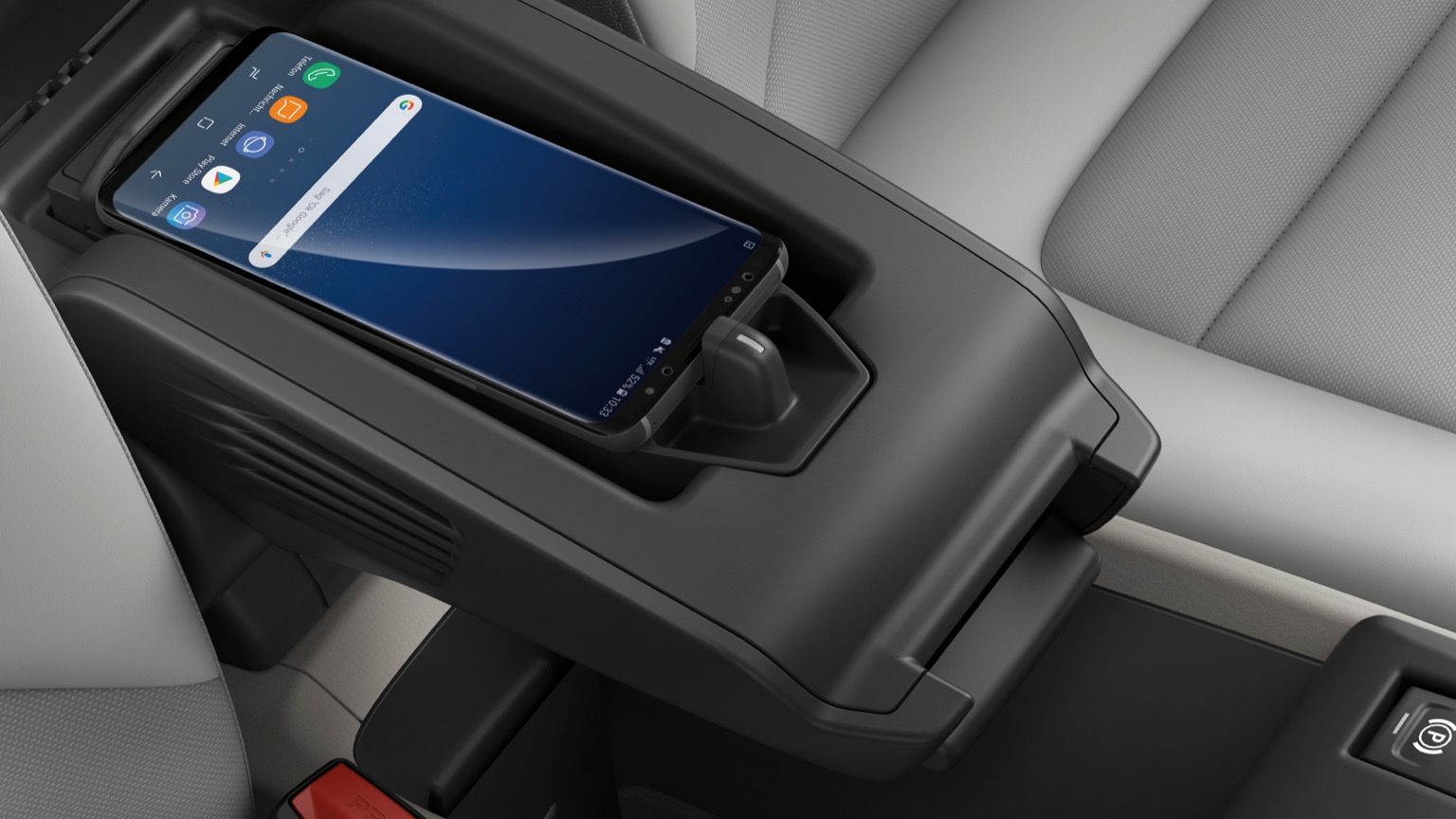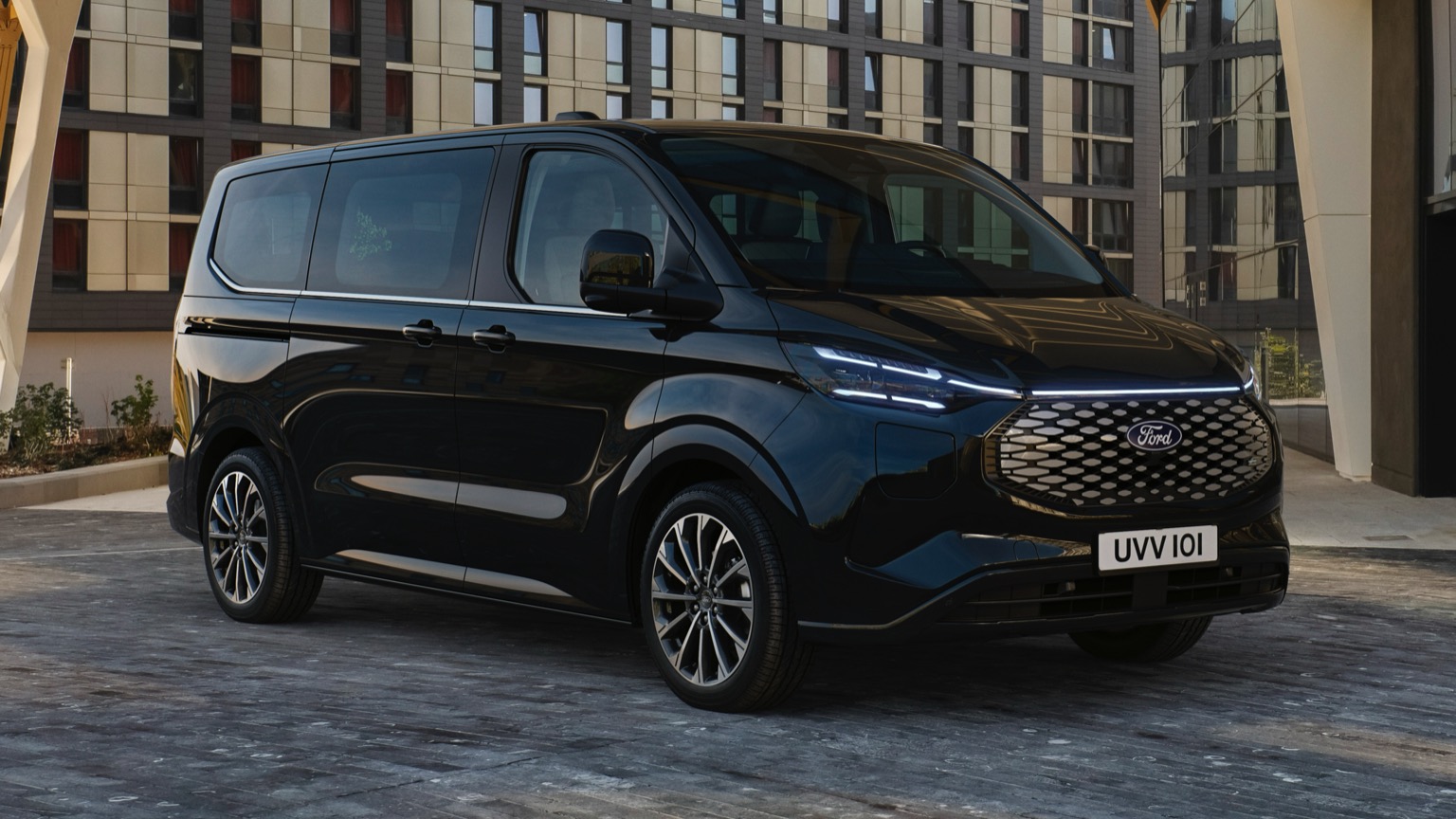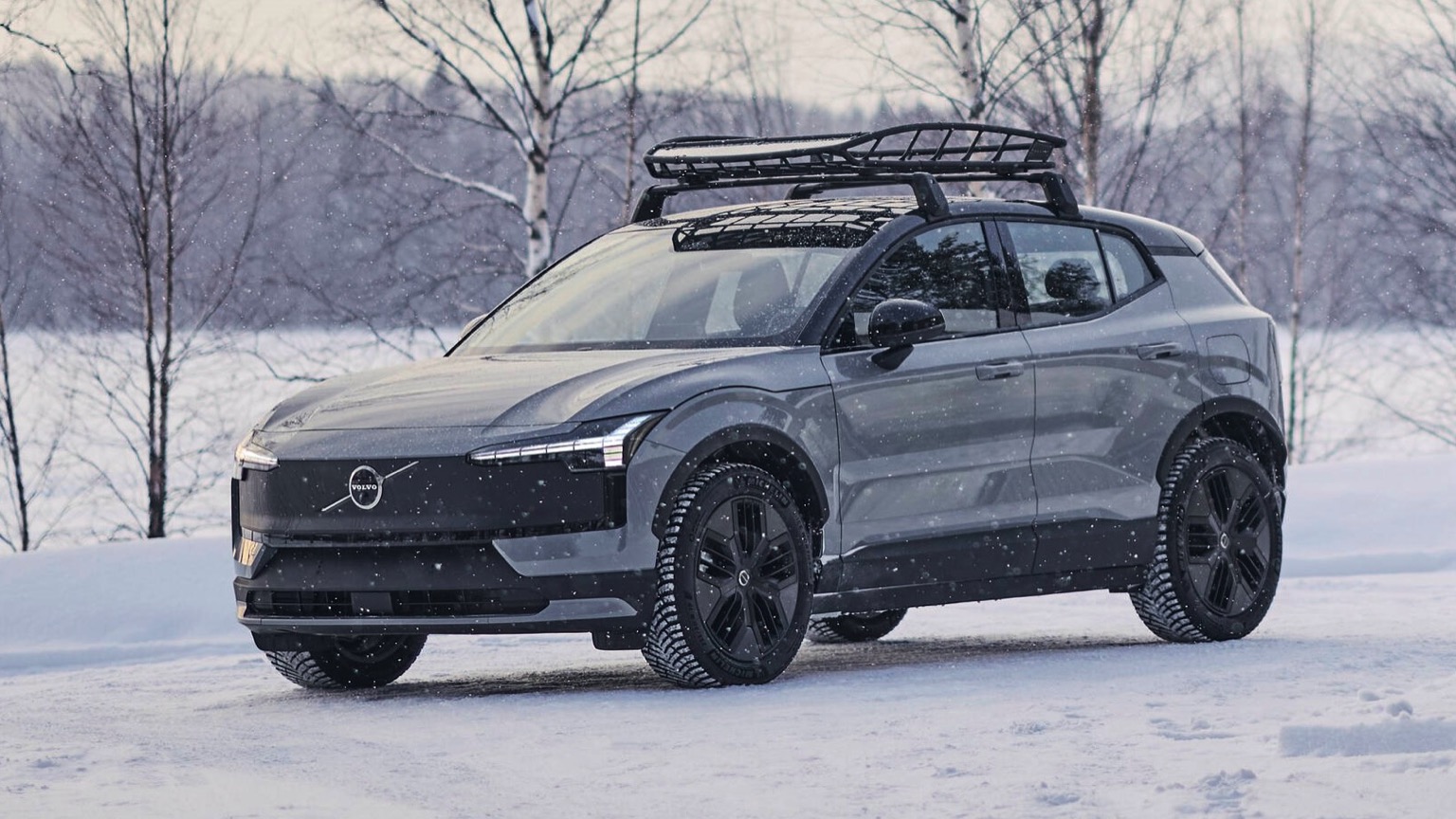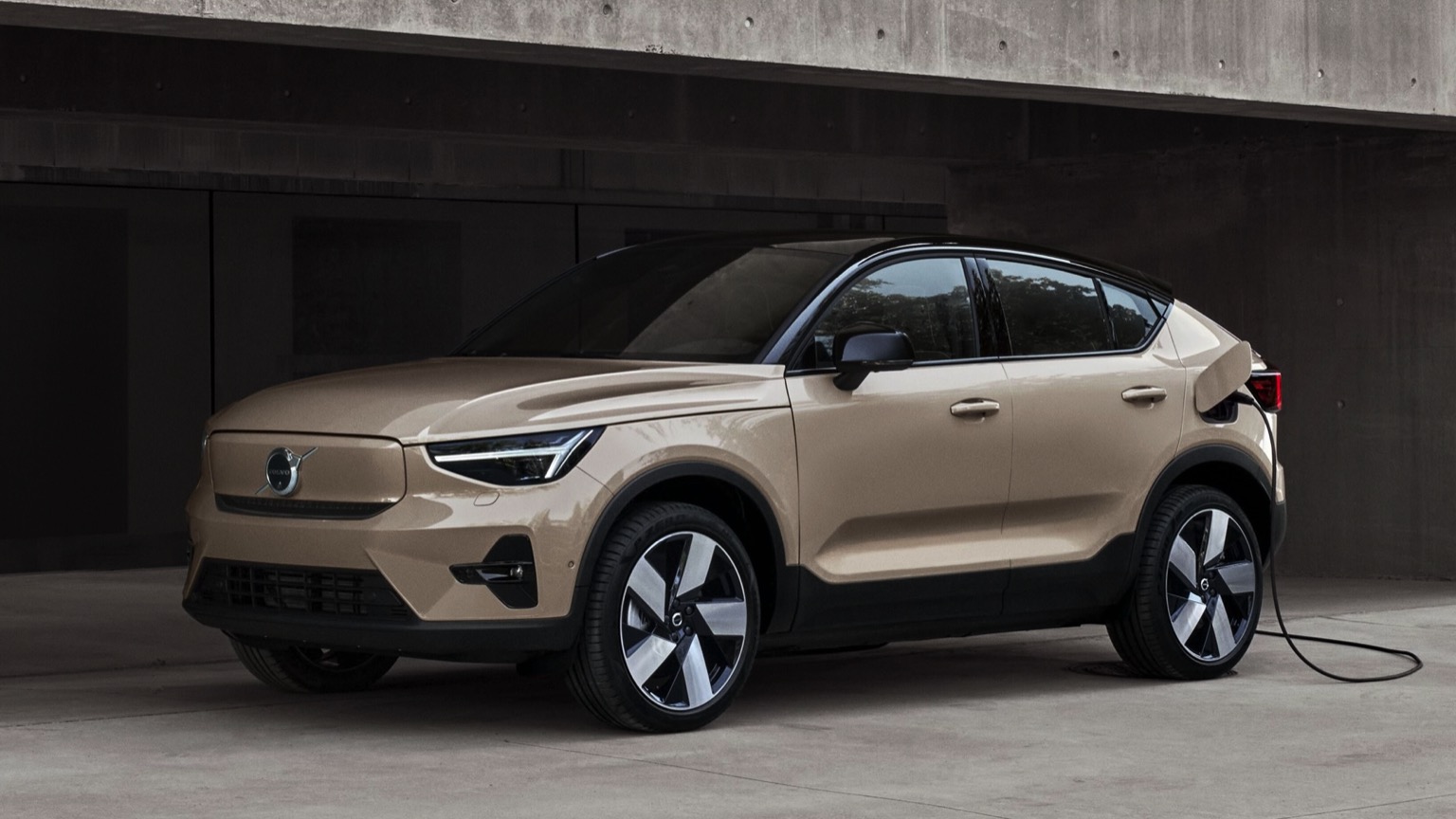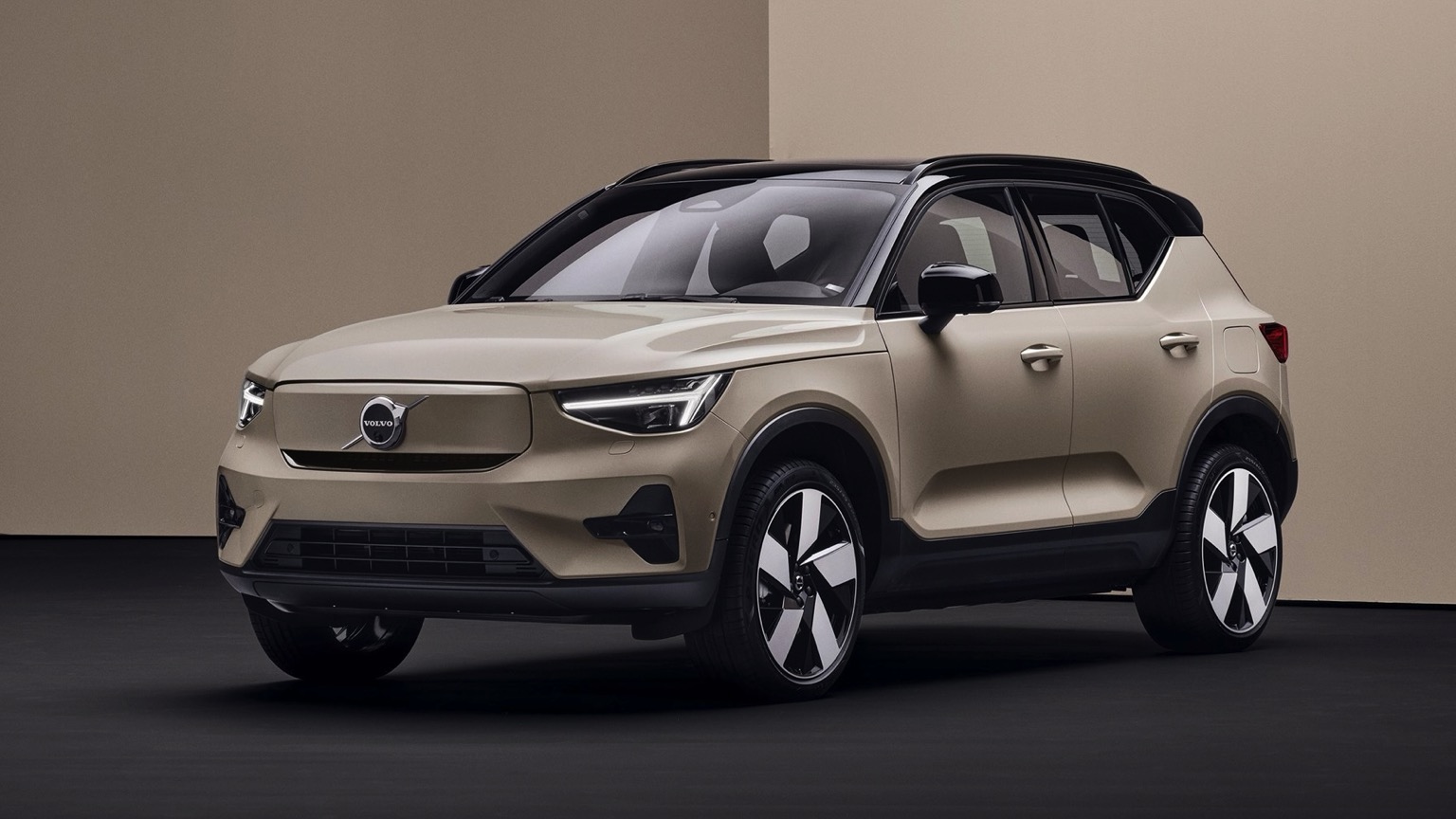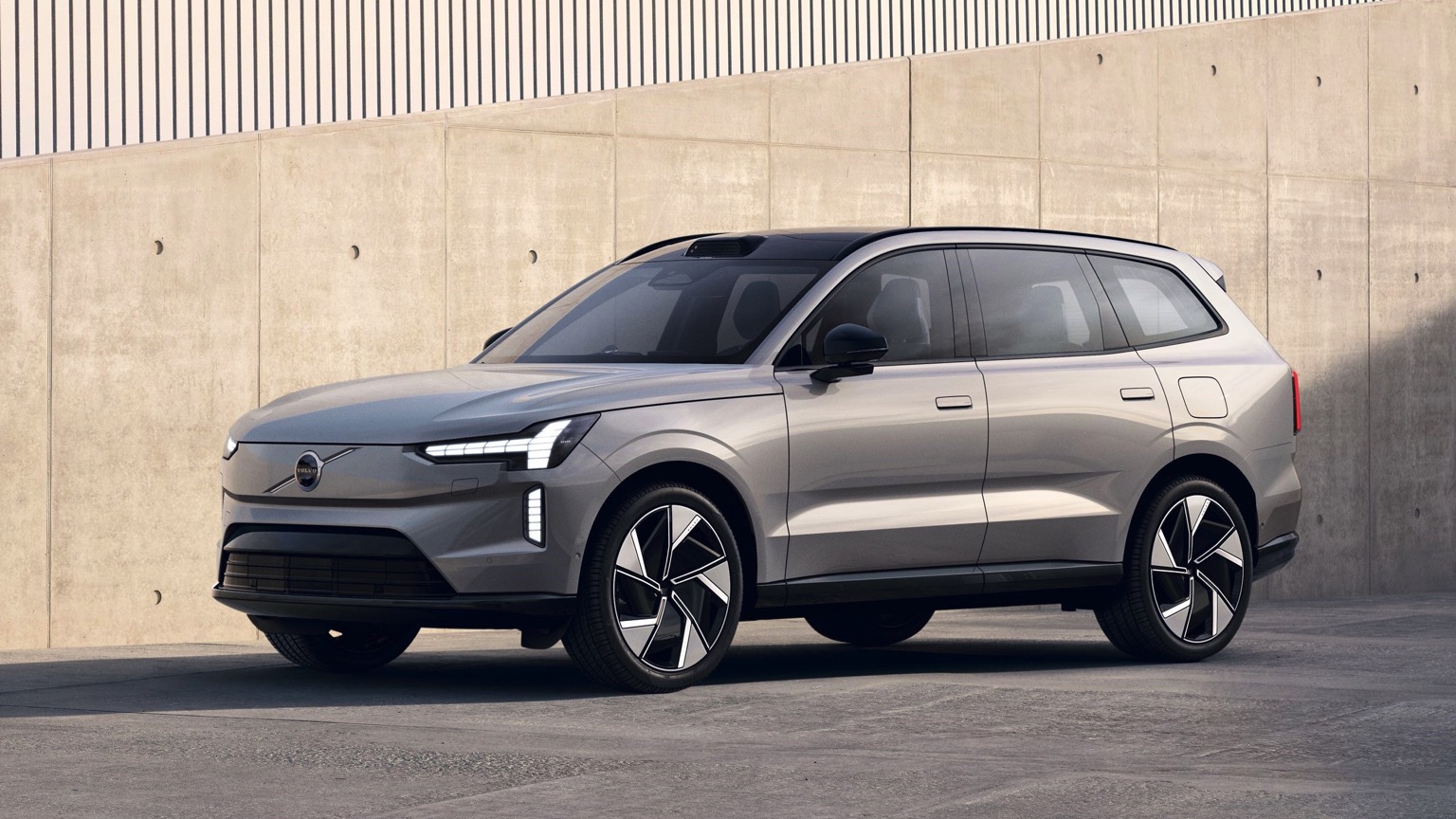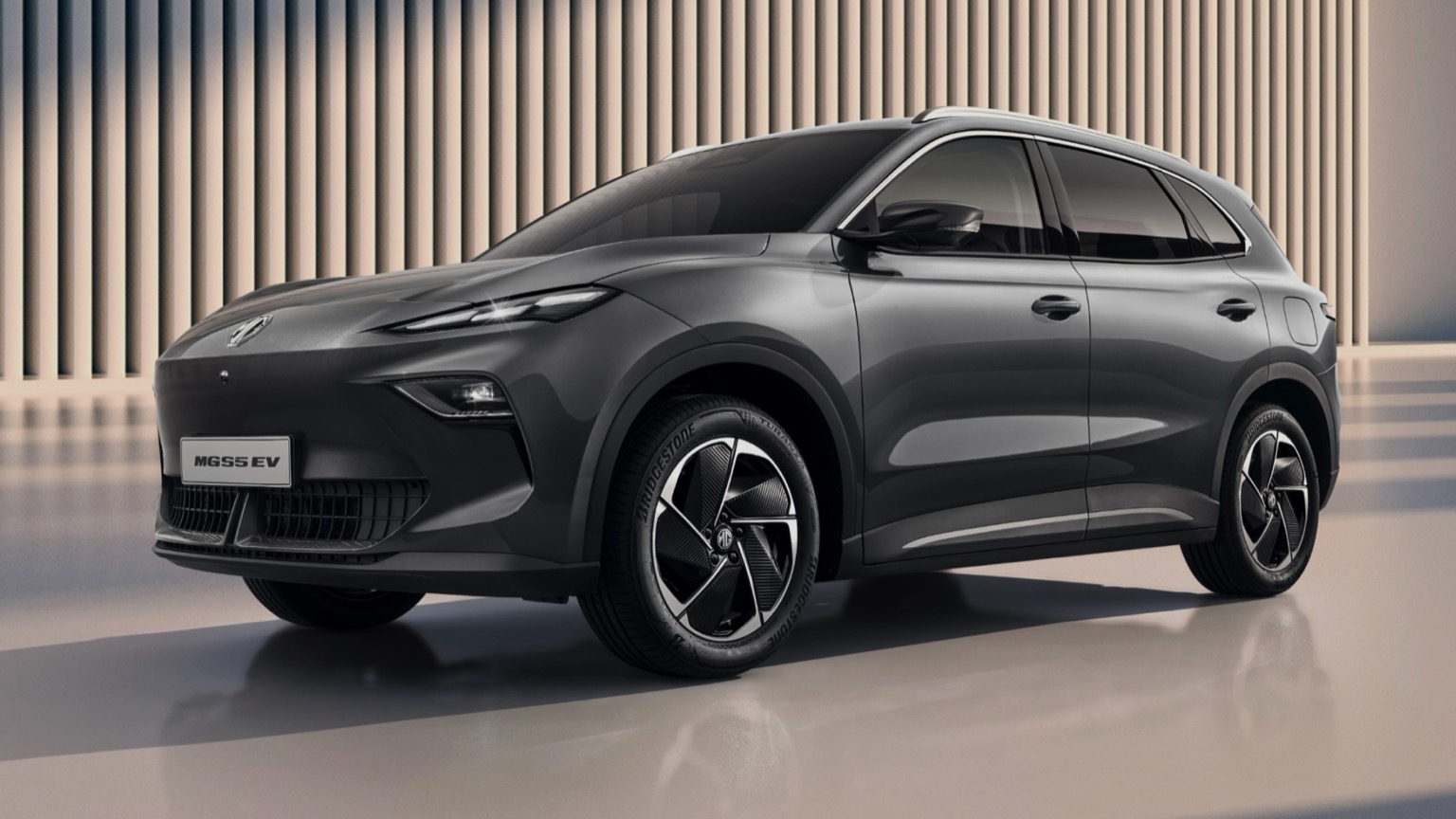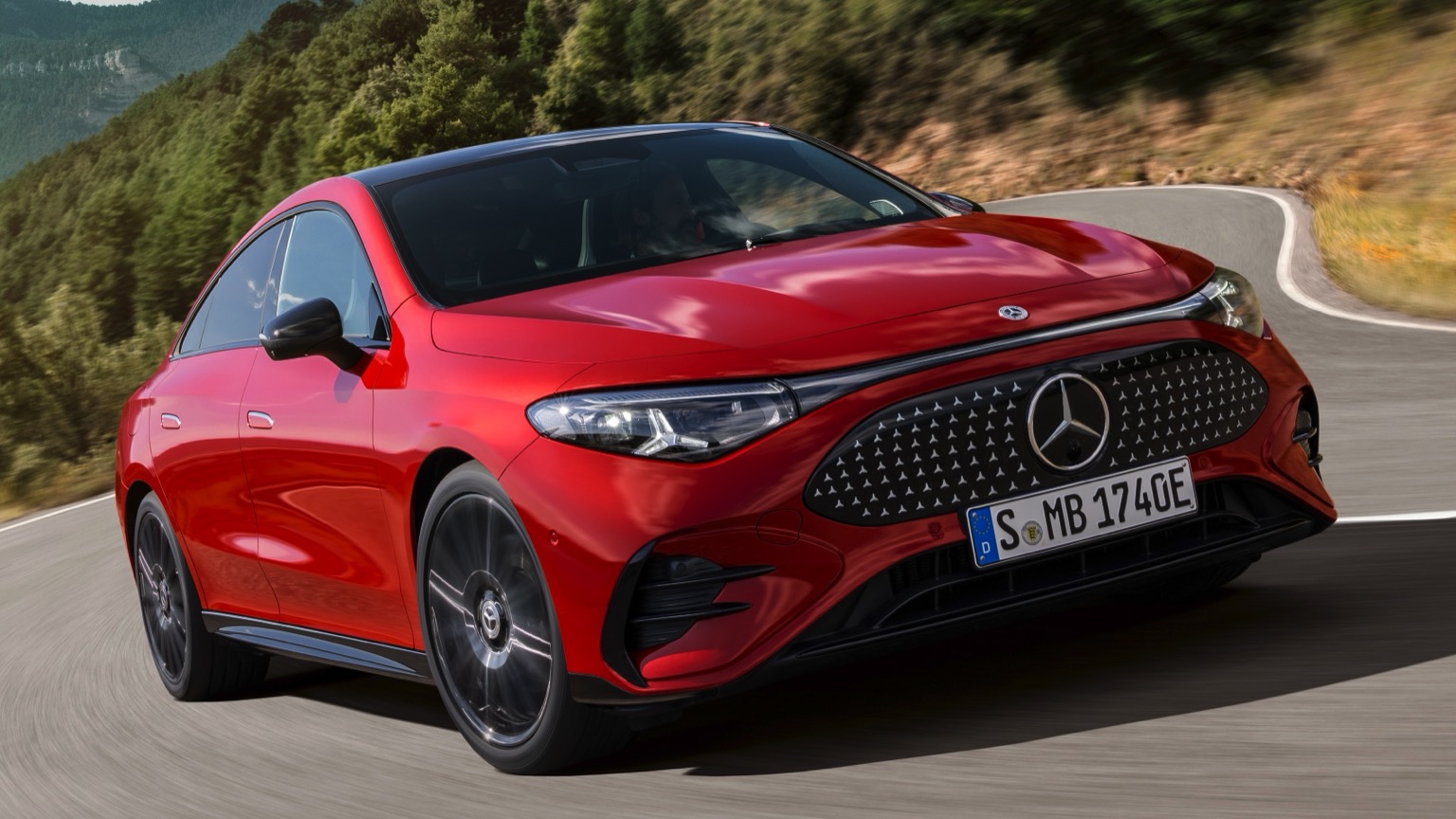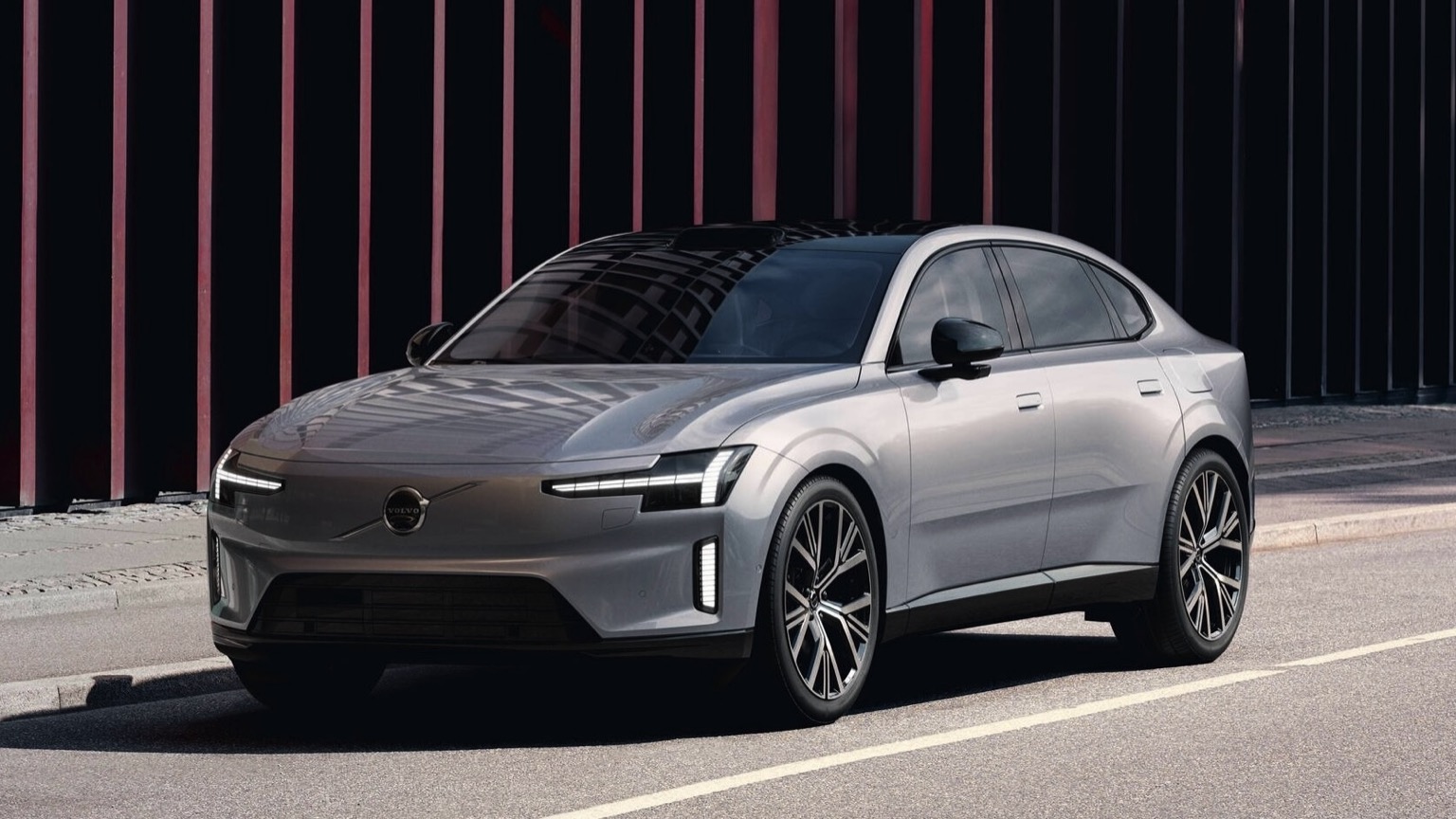Driving Range
In short, how many miles you can travel on a full charge. Is length important? Let’s not open that can of worms…
Efficiency
How many kWh of charge are needed to travel a set distance. The fewer needed, the more efficient your EV is. Easy!
Battery
The bigger the battery, the more power it can hold. In essence, fewer stops needed to top up your charge. Ahh, simplicity!
Top Speed
The maximum speed you can reach with your foot pressed hard to the floor. Important when escaping a zombie apocalypse, we assume.
Seats
Well, you don’t want to have to leave anybody at home… or do you?
Body
From stylish SUVs and compact crossovers, to curvaceous coupes and handy hatchbacks, there’s a perfect shape for everyone!
Isofix
The safe way to attach a child seat. Typically, these are hidden in the join between the back seats, alongside the crumbs from your last meal deal.
Safety Rating
A measure that considers the amount of safety kit installed, how a vehicle performs in crash testing and how safe it is for both pedestrians and cyclists.
| City - Cold Weather | 145 miles |
| Highway - Cold Weather | 100 miles |
| Combined - Cold Weather | 120 miles |
| City - Mild Weather | 225 miles |
| Highway - Mild Weather | 130 miles |
| Combined - Mild Weather | 170 miles |
Indication of real-world range in several situations. Cold weather: 'worst-case' based on -10°C and use of heating. Mild weather: 'best-case' based on 23°C and no use of A/C. For 'Highway' figures a constant speed of 110 km/h is assumed. The actual range will depend on speed, style of driving, weather and route conditions.
| Charge Port | Type 2 |
| Port Location | Right Side - Rear |
| Charge Power | 11 KW AC |
| Charge Time | 4hr 15m |
| Charge Speed | 34 mph |
| Fastcharge Port | CCS |
| FC Port Location | Right Side - Rear |
| Fastcharge Power (max) | 49 |
| Fastcharge Time | 36m |
| Fastcharge Speed | 160 mph |
General Charging (0 - 100%)
Charging is possible by using a regular wall plug or a charging station. Public charging is always done through a charging station. How fast the EV can charge depends on the charging station (EVSE) used and the maximum charging capacity of the EV
| Charging Point:Charging Point | Power:Power | Time:Time |
|---|---|---|
| Charging Point:Wall Plug | Power:2.3 kW | Time:19hr 30m |
| Charging Point:1-Phase 16A | Power:3.68 kW | Time:12hr 15m |
| Charging Point:1-Phase 32A | Power:7.36 kW | Time:6hr 15m |
| Charging Point:3-Phase 16A | Power:3.68 kW | Time:4hr 15m |
| Charging Point:3-Phase 32A | Power:7.36 kW | Time:4hr 15m |
Rapid Charging (10 - 80%)
Rapid charging enables longer journeys by adding as much range as possible in the shortest amount of time. Charging power will decrease significantly after 80% state-of-charge (SoC) has been reached.
| Charging Point:Charging Point | Average Power:Average Power | Time:Time |
|---|---|---|
| Charging Point:CCS 50 | Average Power:47 kW | Time: 36m |
| EVDB Real Range | 145 miles |
| EVDB Vehicle Consumption | 261 Wh/mi |
| EVDB CO2 Emissions | 0 g/mi |
| EVDB Vehicle Fuel Equivalent | 1.55 l/100mi |
| WLTP Real Range | 191 miles |
| WLTP Rated Consumption | 24.6 Wh/mi |
| WLTP Vehicle Consumption | 19.8 Wh/mi |
| WLTP CO2 Emissions | 0 g/mi |
| WLTP Rated Fuel Equivalent | 1.64 l/100mi |
| WLTP Vehicle Fuel Equivalent | 2.04 l/100mi |
| Acceleration 0 - 100 km/h | 7.3 sec |
| Top Speed | 93 mph |
| Electric Range* | 145 miles |
| Total Power* | 125 kWh |
| Total Torque* | 250 Nm |
| Drive | Rear |
| Safety Rating | N/A |
| Rating Year | N/A |
| Adult Occupant | N/A |
| Child Occupant | N/A |
| Vulnerable Road Users | N/A |
| Safety Assist | N/A |
For more details on the safety rating of this vehicle, visit euroncap.com
| Nominal Capacity | 42.2 kWh |
| Battery Type | Lithium-ion |
| Number of Cells | 96 |
| Architecture | 400 V |
| Useable Capacity | 37.9 kWh |
| Cathode Material | NCM622 |
| Pack Configuration | 96s1p |
| Nominal Voltage | 350 V |
| Length | 4011 mm |
| Width | 1775 mm |
| Width (with mirrors) | N/A |
| Height | 1598 mm |
| Wheelbase | 2570 mm |
| Weight Unladen (EU) | 1345 kg |
| Gross Vehicle Weight (GVWR) | 1710 kg |
| Max. Payload | 440 kg |
| Cargo Volume | 260 L |
| Cargo Volume (Max) | 1100 L |
| Cargo Volume Frunk | N/A |
| Roof Load | N/A |
| Tow Hitch Possible | No |
| Towing Weight Unbraked | N/A |
| Towing Weight Braked | N/A |
| Vertical Load Max | N/A |
| Seats | 4 |
| Isofix | Yes, 2 seats |
| Turning Circle | 9.9m |
| Platform | N/A |
| Car Body | Hatchback |
| Segment | B |
| Roof Rails | No |
| EV Dedicated Platform | No |
* = estimated value. Average energy consumption and range based on moderate drive style and climate. Real-life values may differ significantly. Pricing information might not be actual for some regions. No rights can be derived from the information on this site.
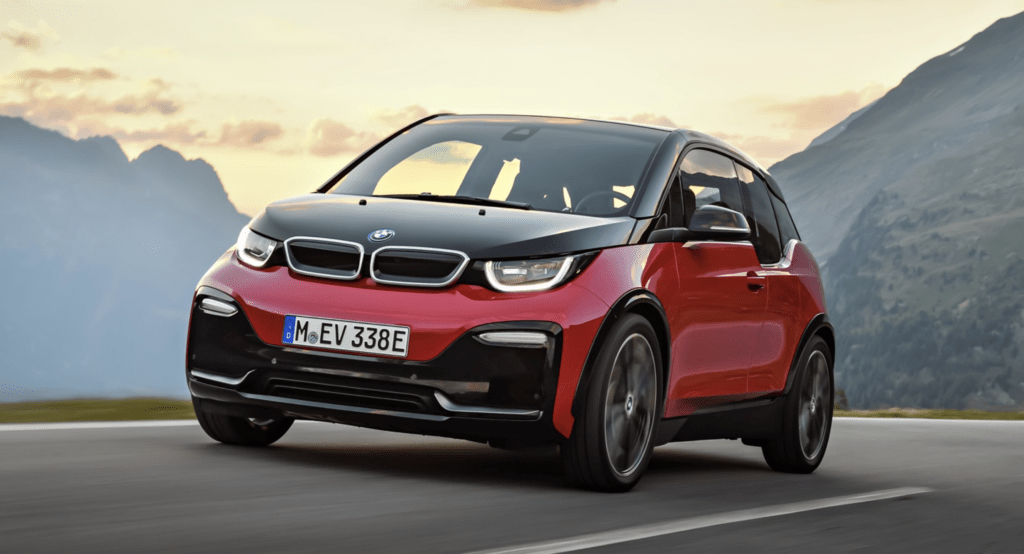
BMW i3 120 Ah Charging Guide
The BMW i3, unveiled in the UK in 2017, represented a departure from conventional automotive philosophy. As a pillar of BMW’s electric “i” sub-brand, the i3 showcased a blend of urban-centric design, sustainable production, and innovative technologies.
It was BMW’s answer to the increasing demand for urban electric mobility, providing a solution that didn’t compromise on luxury or performance. Built in a factory powered predominantly by renewable energy, even its production method spoke volumes about the brand’s eco-friendly ethos.
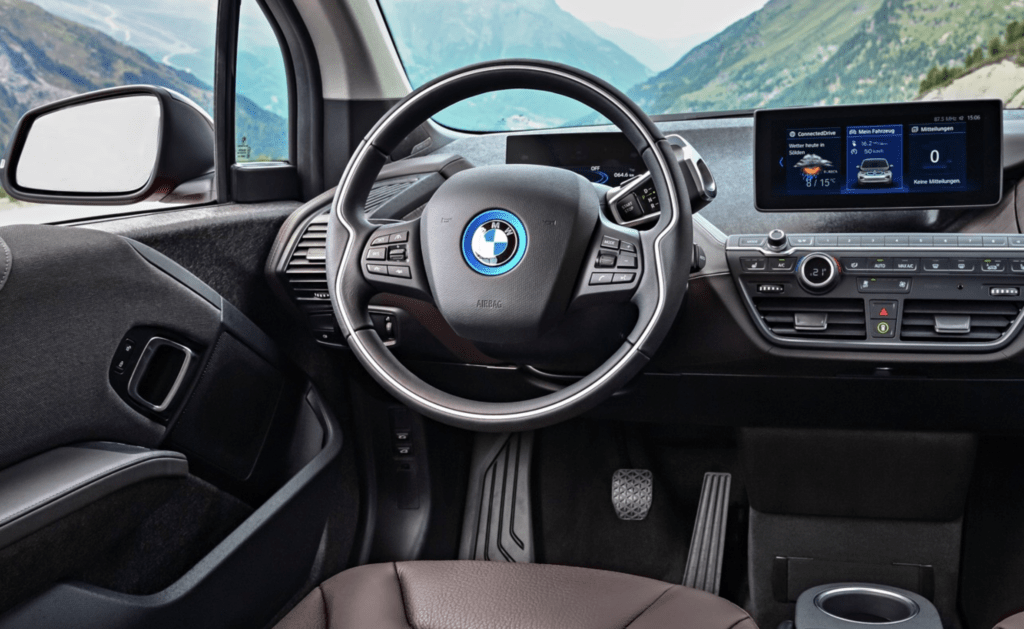
How to charge the BMW i3 120 Ah at home?
For those BMW i3 owners who prioritise sustainable energy even at home, zappi emerges as a prime choice. With its adaptive charging technology, zappi aligns perfectly with the BMW i3’s philosophy of sustainable living.
It isn’t just about charging an electric vehicle but doing so in the most eco-friendly manner possible. With the ability to integrate with home solar and wind installations, zappi ensures that when your i3 charges, it’s drawing from the greenest sources possible. Furthermore, zappi’s various charging modes allow for optimal energy usage, ensuring that you get the most out of both your renewable installations and your BMW i3.
How long does it take to charge the BMW i3 120 Ah?
5 hours 24 minutes*
*Using a standard 7kWh charger, such as zappi it would take 5 hours and 24 minutes to fully charge your 37.9kWh battery. The BMW i3 120 Ah also has the capability to be charged on the 22kWh zappi, which would reduce this charging time down to 4 hours and 15 minutes.
What is the range of the BMW i3 120 Ah?
140 miles**The range of the BMW i3 120 Ah with the 37.9kWh battery, differs between 100 miles and 225 miles depending on your driving conditions and the type of road. Typically, the average range from a full charge will be around 140 miles.
How much does it cost to charge the BMW i3 120 Ah?
£2.84**It could cost just £2.84 to charge the BMW i3 120 Ah, with the 37.9kWh battery, when fully utilising off-peak charging on an Octopus Intelligent tariff, at 0.075p/kWh. In contrast, peak charging on a standard rate of 0.34p/kWh can cost £12.84 to charge up.
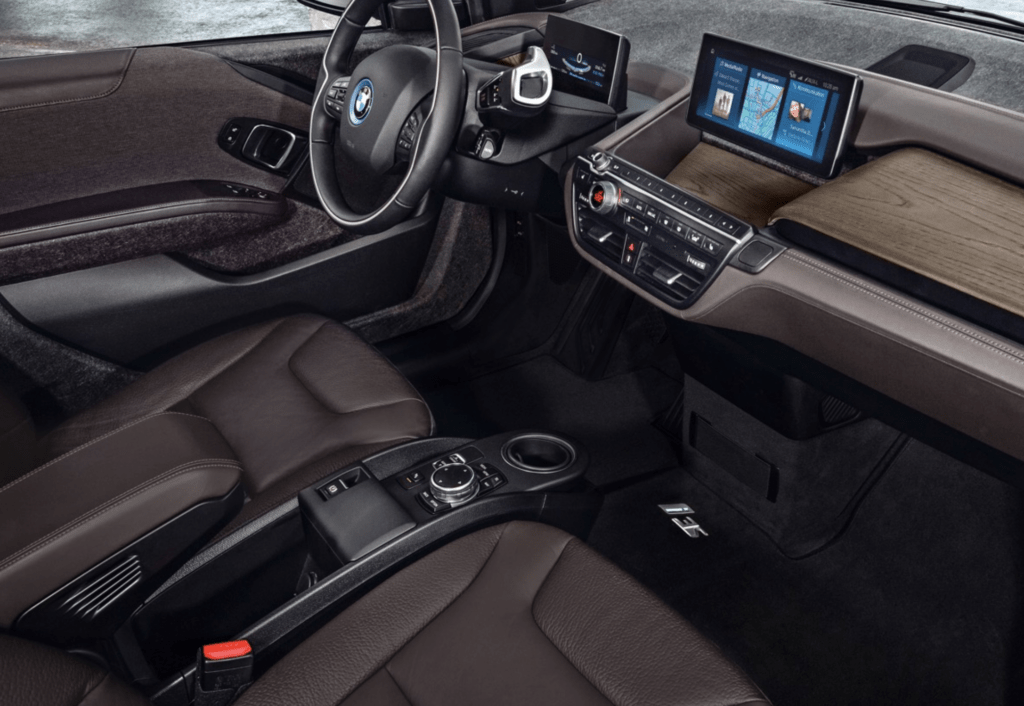
Key Features of the BMW i3 120 Ah.
The BMW i3 is not merely a vehicle; it’s a statement of luxury and sustainability. Its standout features include:
a. Revolutionary design: Lightweight carbon-fibre reinforced plastic construction ensures durability while reducing weight.
b. Dynamic driving: A rear-wheel-drive setup paired with instant torque provides a spirited driving experience.
c. Interior excellence: Crafted using sustainable materials, the cabin offers premium comfort and aesthetics.
d. Advanced tech interface: The iDrive system ensures entertainment, navigation, and connectivity are always at your fingertips.
e. Safety innovations: With driver assistance features, the i3 ensures every journey is as safe as it is enjoyable.
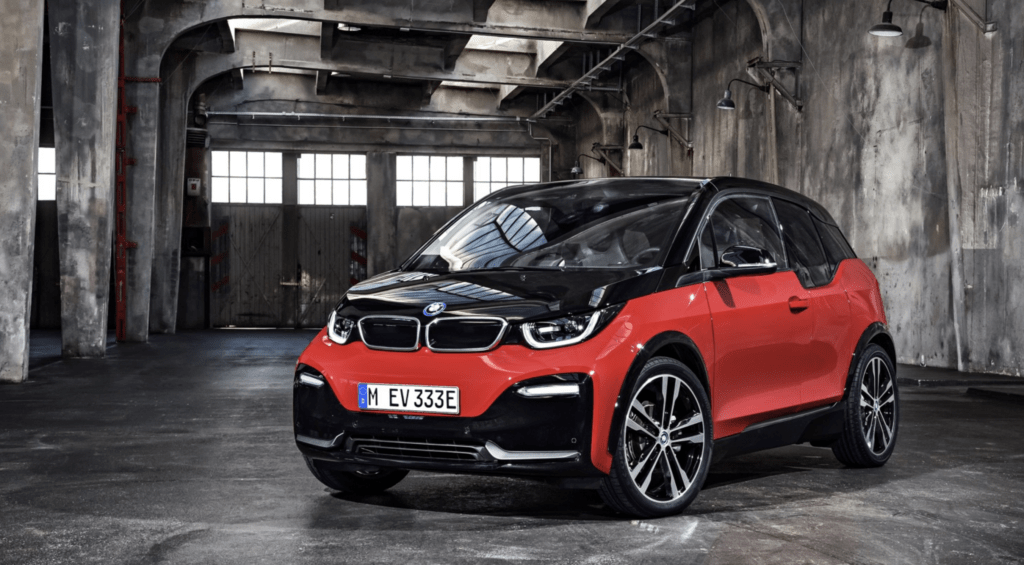
Is the BMW i3 120 Ah fully electric?
Yes, the BMW i3 is mainly an electric car, crafted for urban travel without emissions. But there’s also a variant by BMW called the i3 REx (Range Extender) that comes equipped with a compact gasoline engine to boost the range when the battery runs low.
Charging the BMW i3 is a seamless process. Owners can connect their vehicle to a standard home outlet or utilise a Level 2 home charging station like zappi for faster charging durations. For on-the-go charging, public fast-charging stations offer quick top-ups, ensuring the i3 is always ready for the journey ahead.
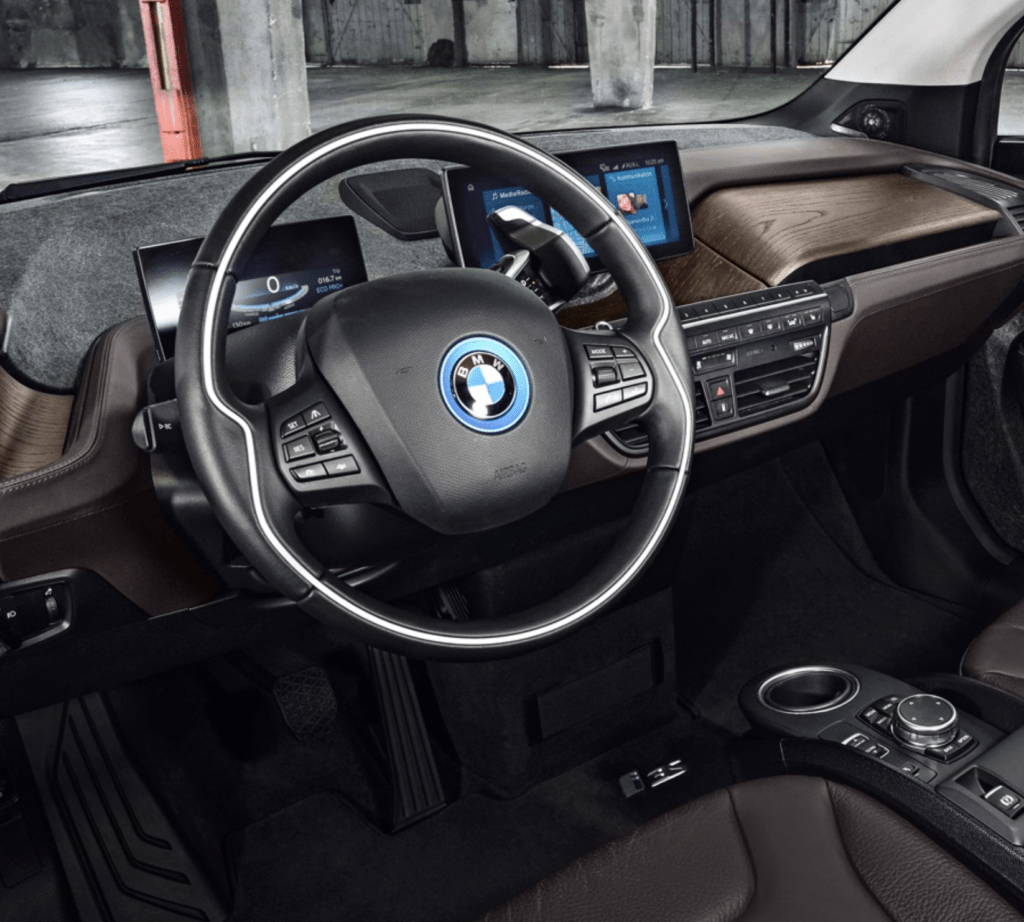
How expensive is the BMW i3 120 Ah to maintain?
While the BMW i3 does represent the luxury segment, its electric nature ensures that the regular maintenance costs are generally lower than traditional petrol or diesel vehicles. The absence of oil changes, fewer moving parts, and regenerative braking systems mean fewer wear and tear components.
However, it’s worth noting that replacement parts and specialised services, given its luxury stature, might be on the pricier side.
In summary, the BMW i3 encapsulates BMW’s forward-thinking approach, crafting a vehicle that stands at the intersection of luxury and sustainability. Whether it’s the unparalleled charging experience with solutions like zappi or its unparalleled fusion of comfort and eco-consciousness, the BMW i3 beckons to those eager to journey into a greener, yet luxurious, automotive future.
Similar Electric Vehicles

